According to Mr. Bui Tinh, Director of Gia Lai Provincial Museum (the unit assigned to manage the Twin Towers), the inscriptions on the walls of the Twin Towers appeared during the war. Previously, a pagoda was built near the tower cluster. During the fierce fighting, many people from other localities took refuge in the pagoda. The inscriptions on the body of the tower are believed to have been formed during this period. After the Twin Towers were ranked as a relic, the cultural sector conducted a protection zone and relocated people from the relic area.
Mr. Tinh said that during the process of preserving and expanding the relic, the cultural sector has always increased inspection and supervision to prevent encroachment and graffiti on the Twin Towers. In addition, instruction boards have also been installed to remind visitors not to write or draw on the brick walls of the towers.
Regarding the plan to handle the inscriptions engraved on the tower, Mr. Tinh said that this is a national relic, so all repair and restoration activities must seek the opinion and permission of the Ministry of Culture, Sports and Tourism; at the same time, it is necessary to consult with experts and researchers to come up with appropriate solutions, ensuring the original state and historical value of the relic.
Close-up of the 800-year-old Twin Towers
Located on Tran Hung Dao Street, Quy Nhon Ward, Gia Lai Province (formerly Quy Nhon City, Binh Dinh Province), the Twin Towers are also known as Hung Thanh Towers. This is one of the eight remaining Cham tower clusters in Binh Dinh Province (old).
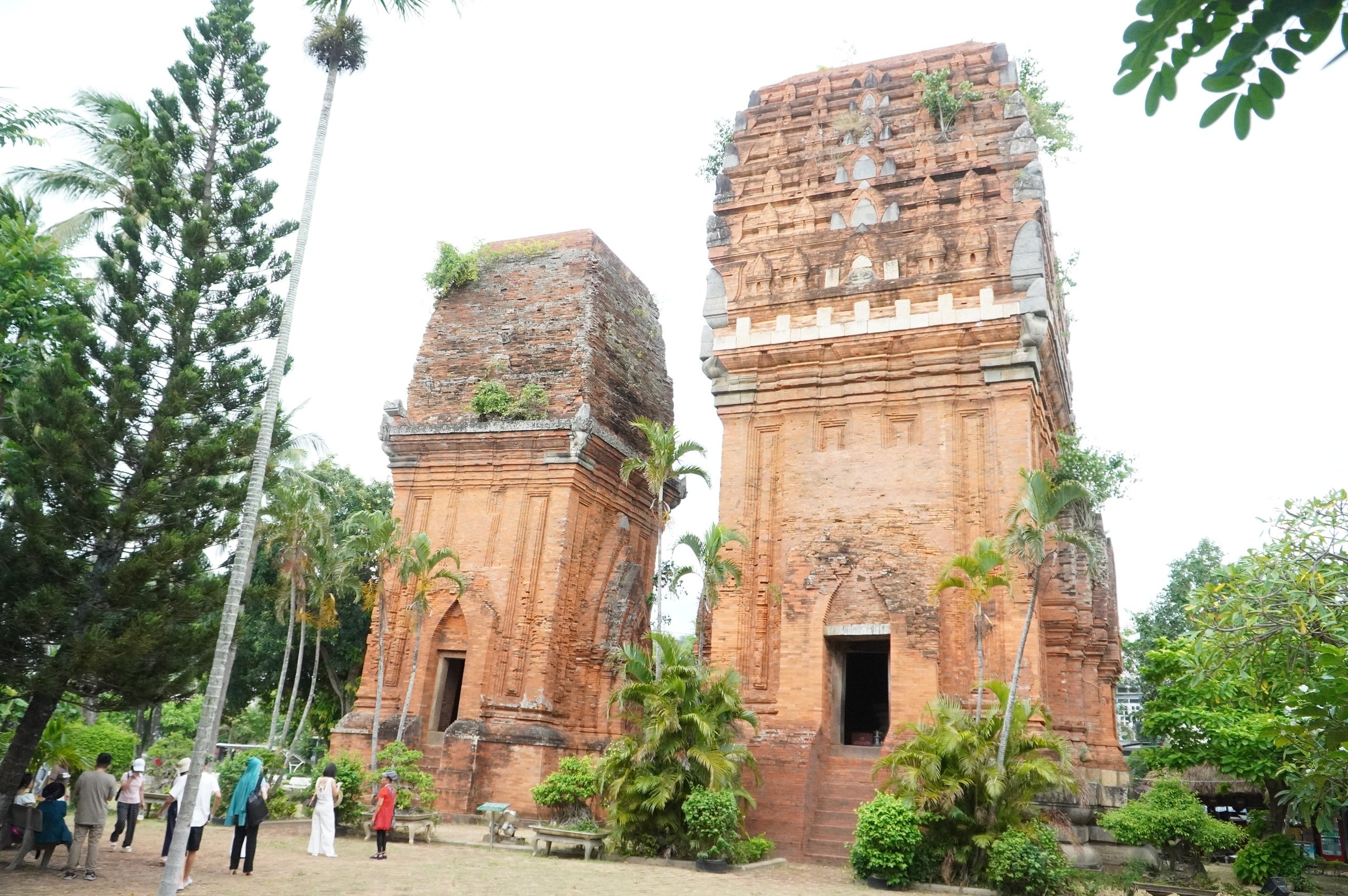
The relic consists of two towers: the large tower is about 22 m high and the small tower is 17 m high, both facing south.
PHOTO: DUC NHAT
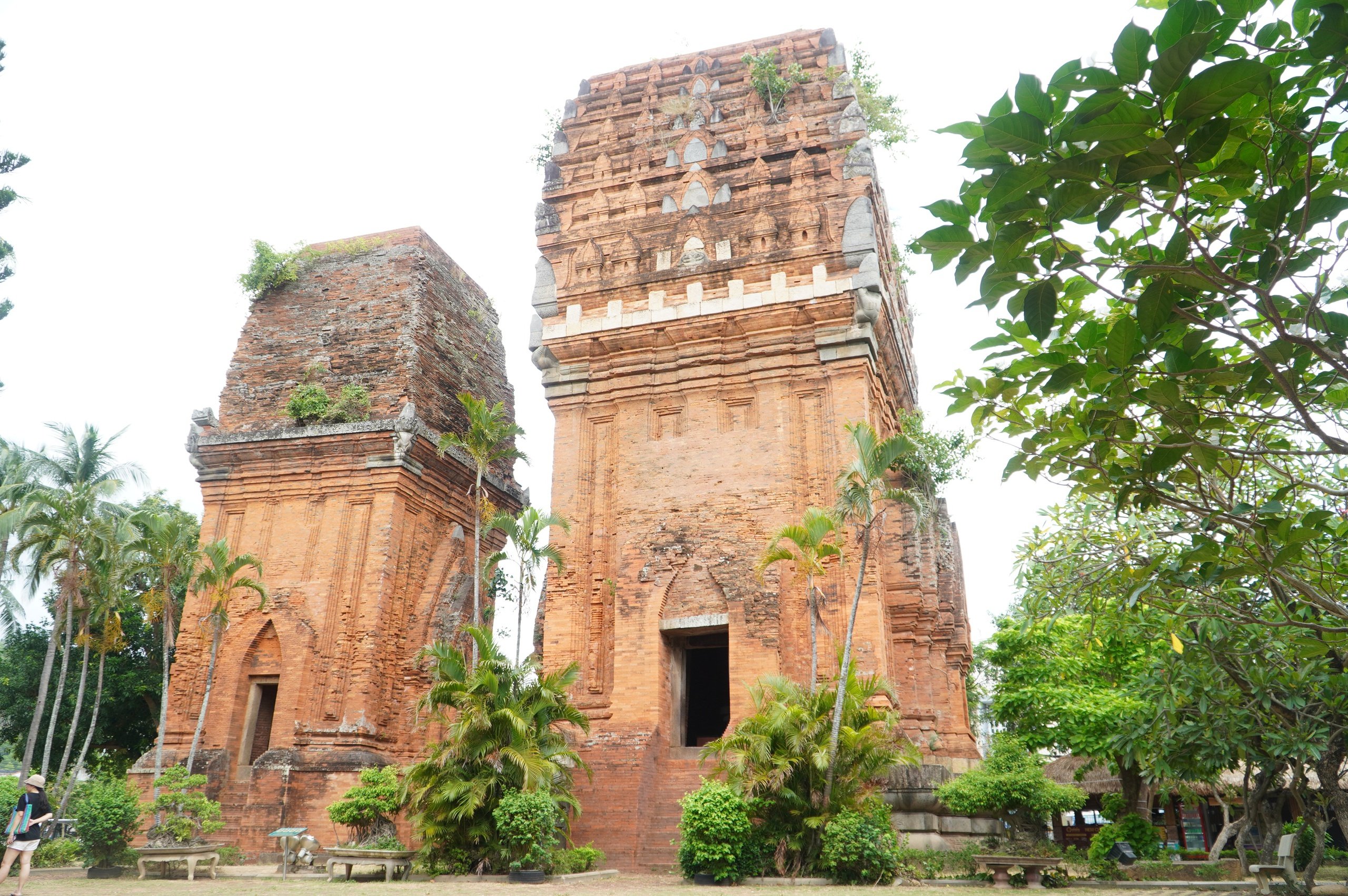
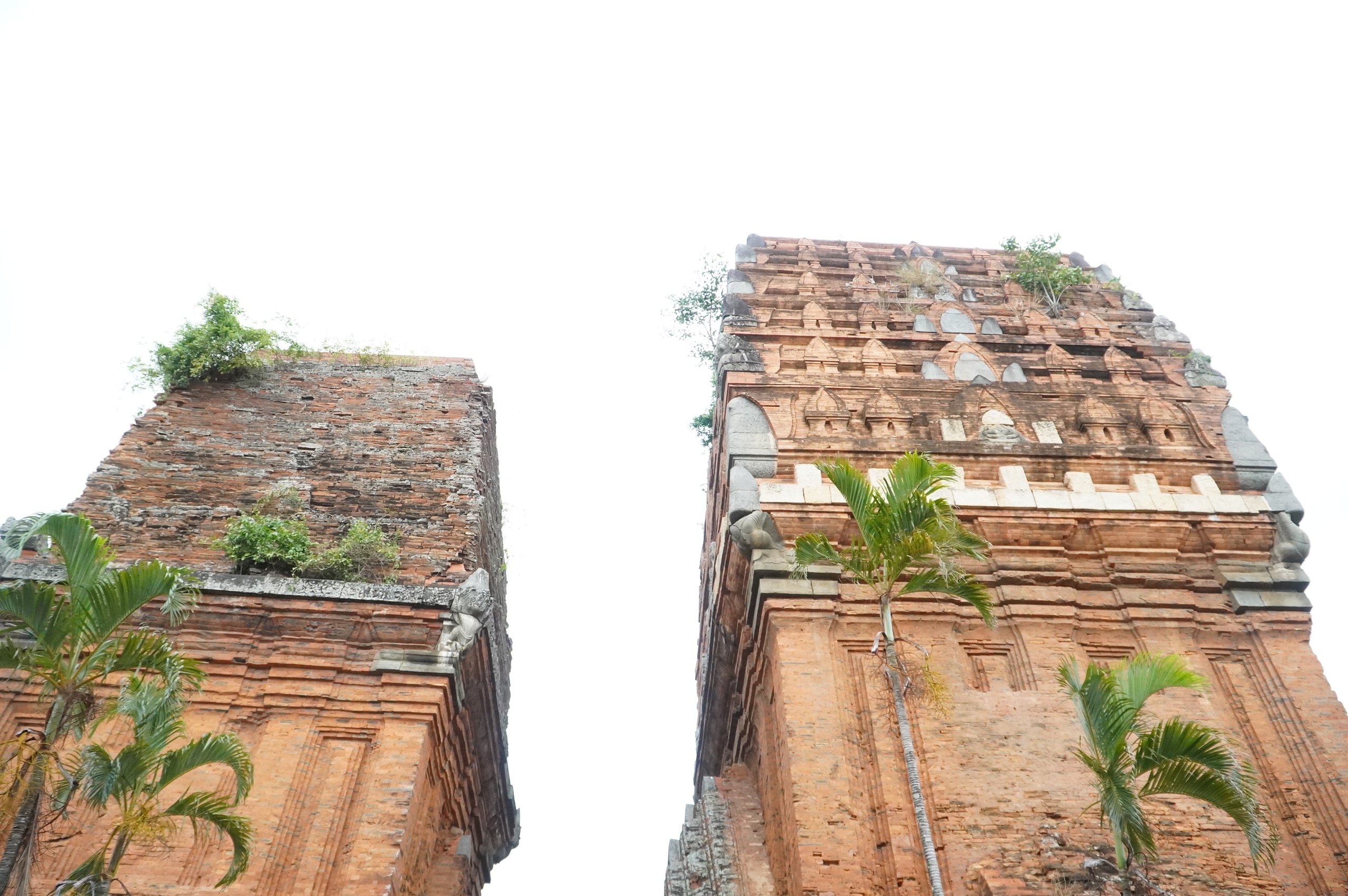
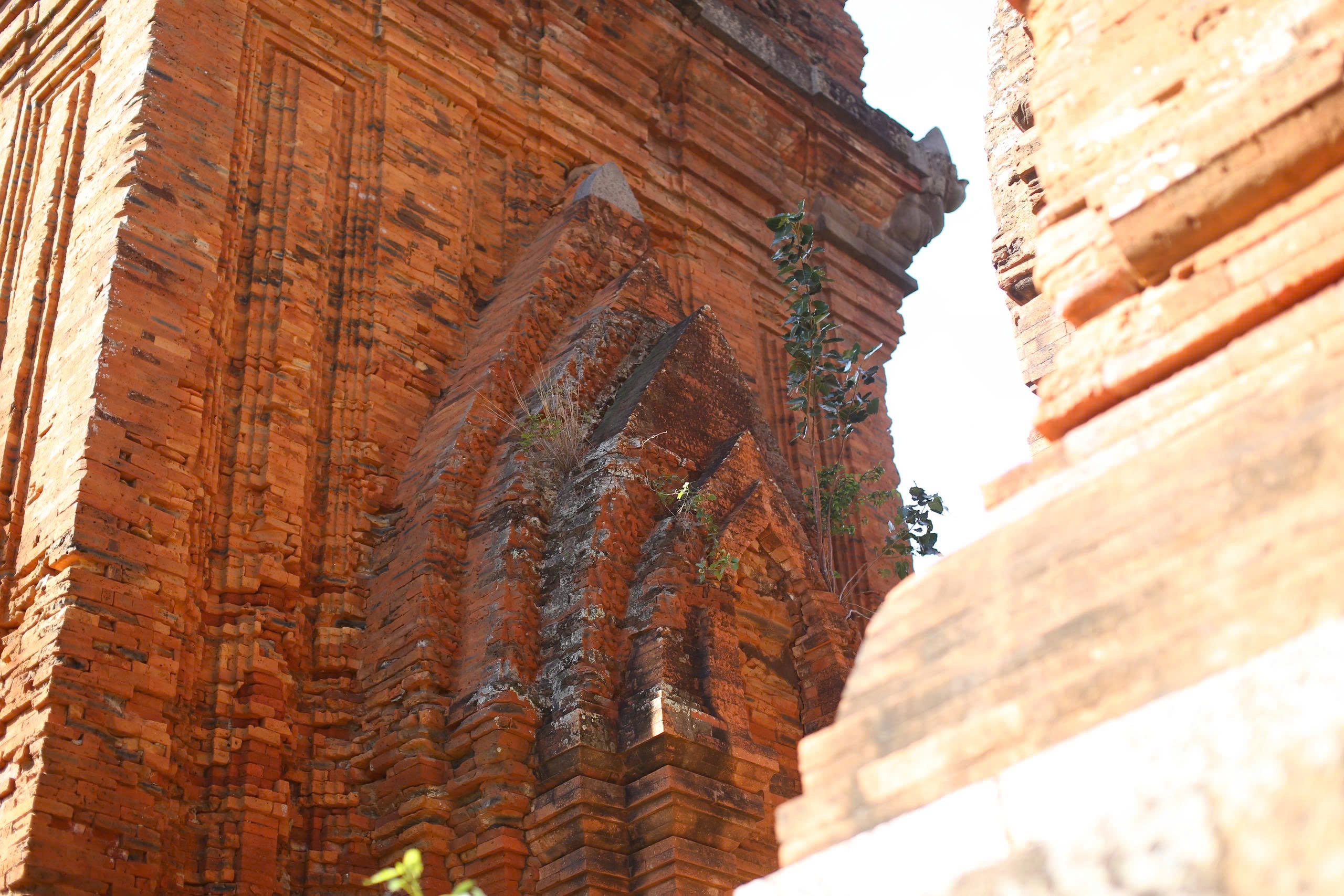
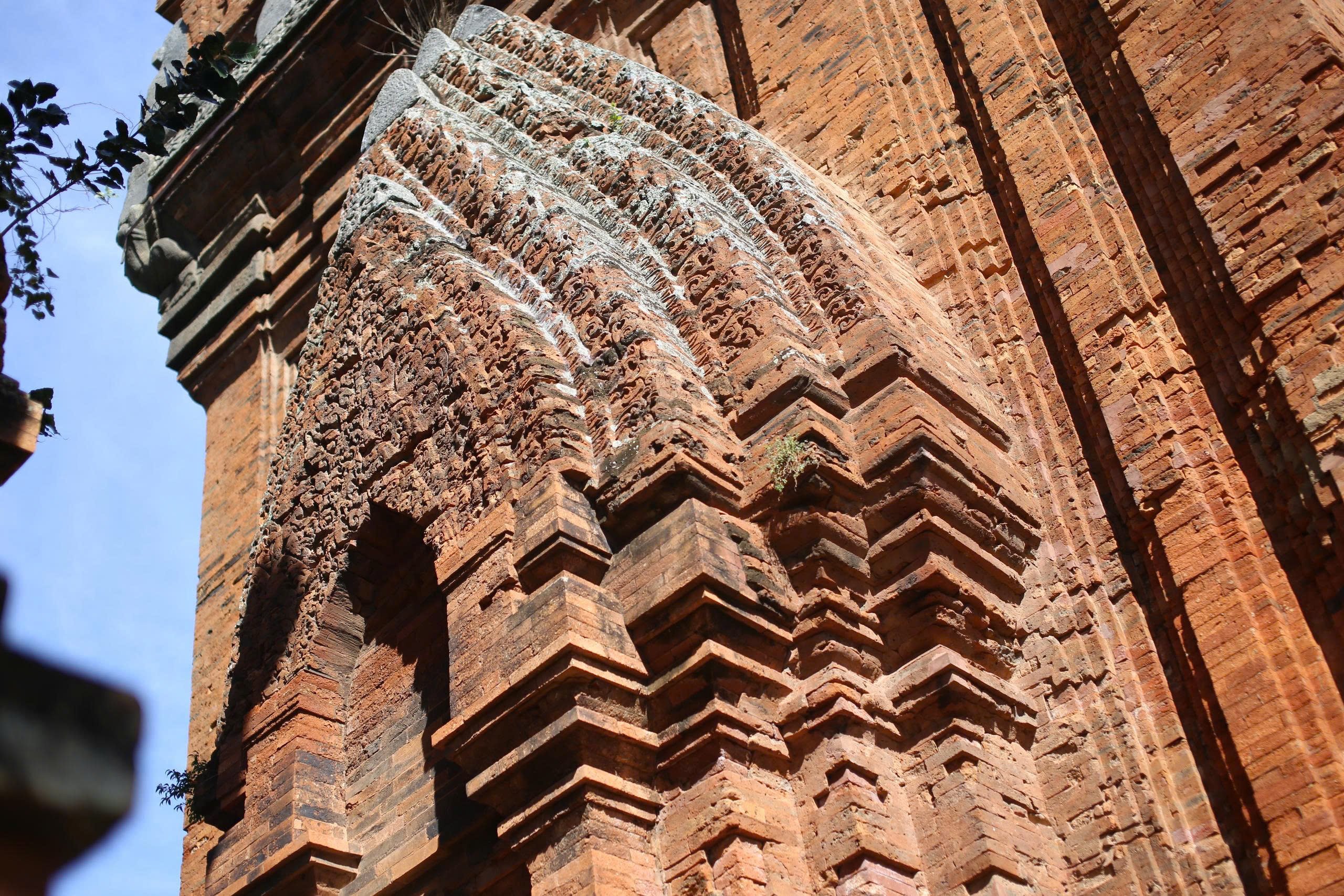
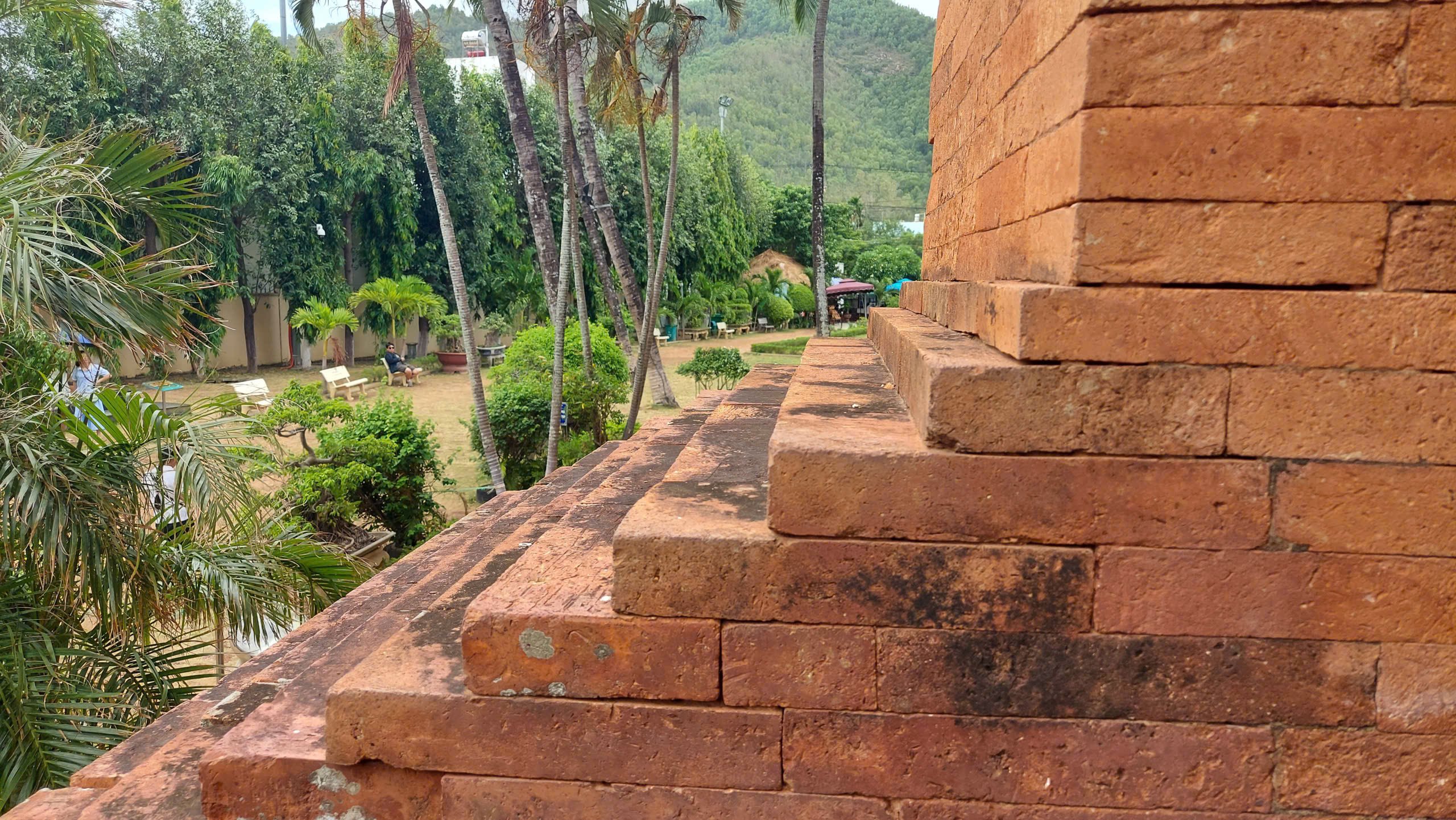
Built from the late 12th to early 13th century, both towers used baked bricks with special bonding techniques. To this day, the tower construction techniques have not been fully deciphered.
PHOTO: DUC NHAT
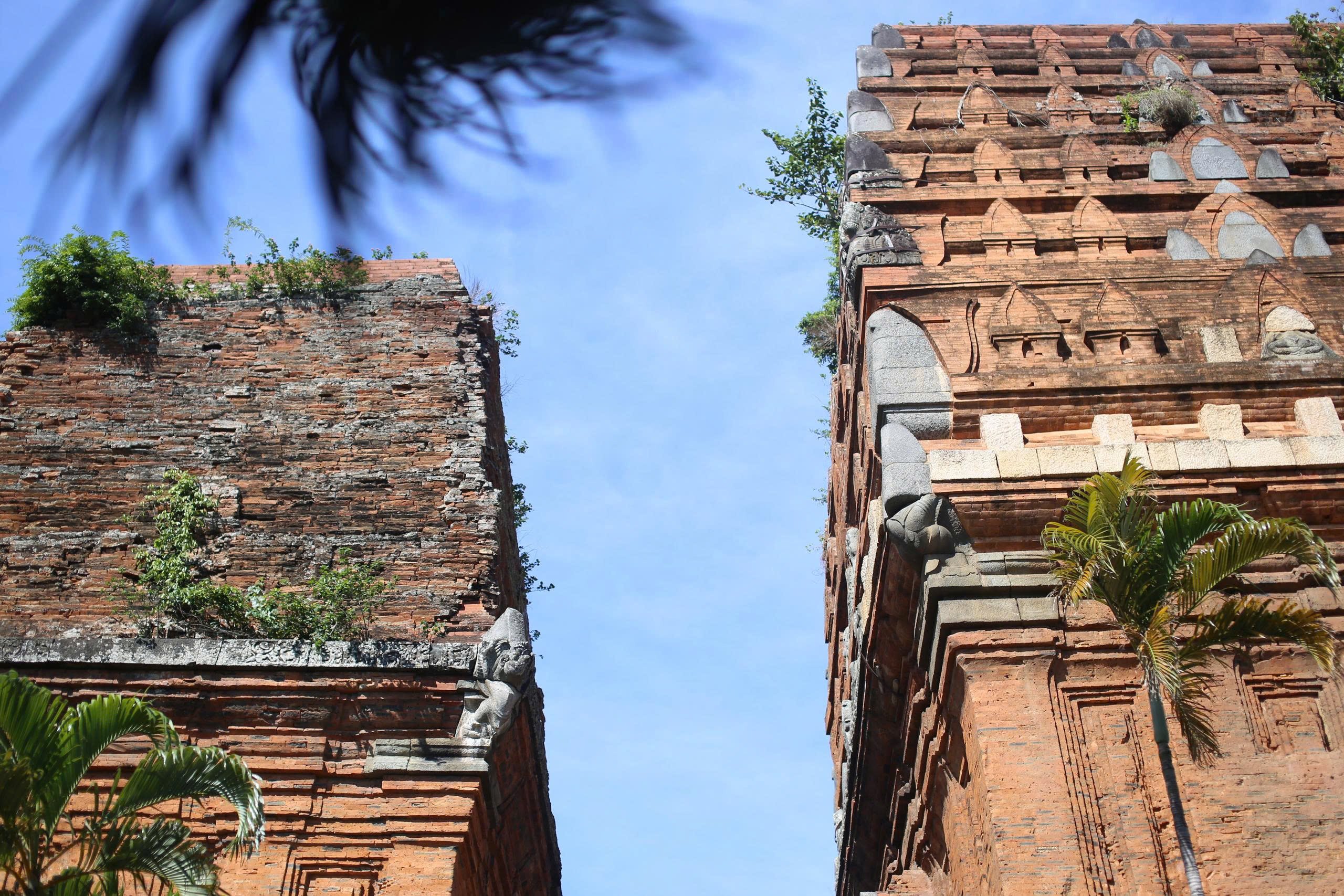
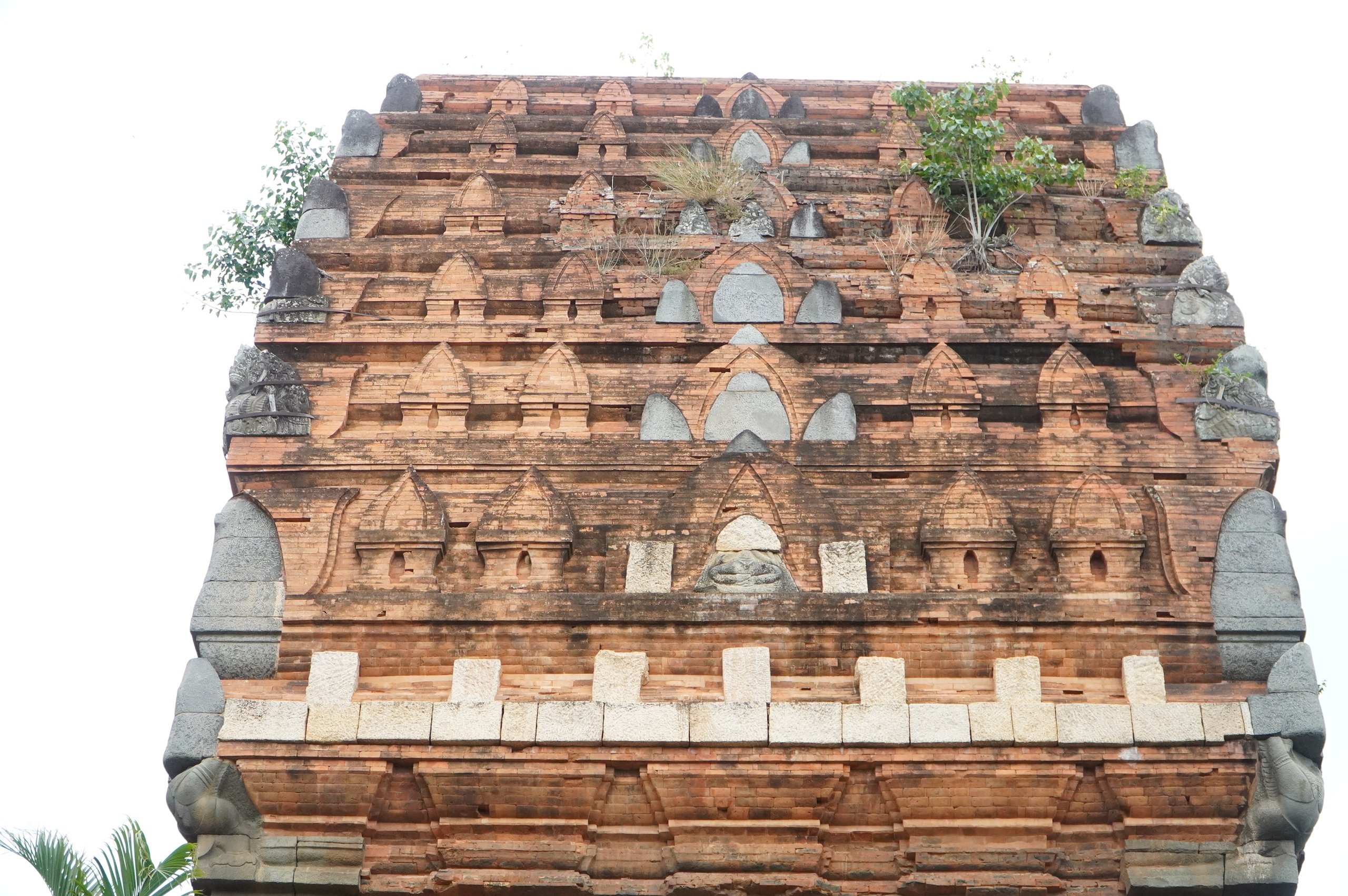
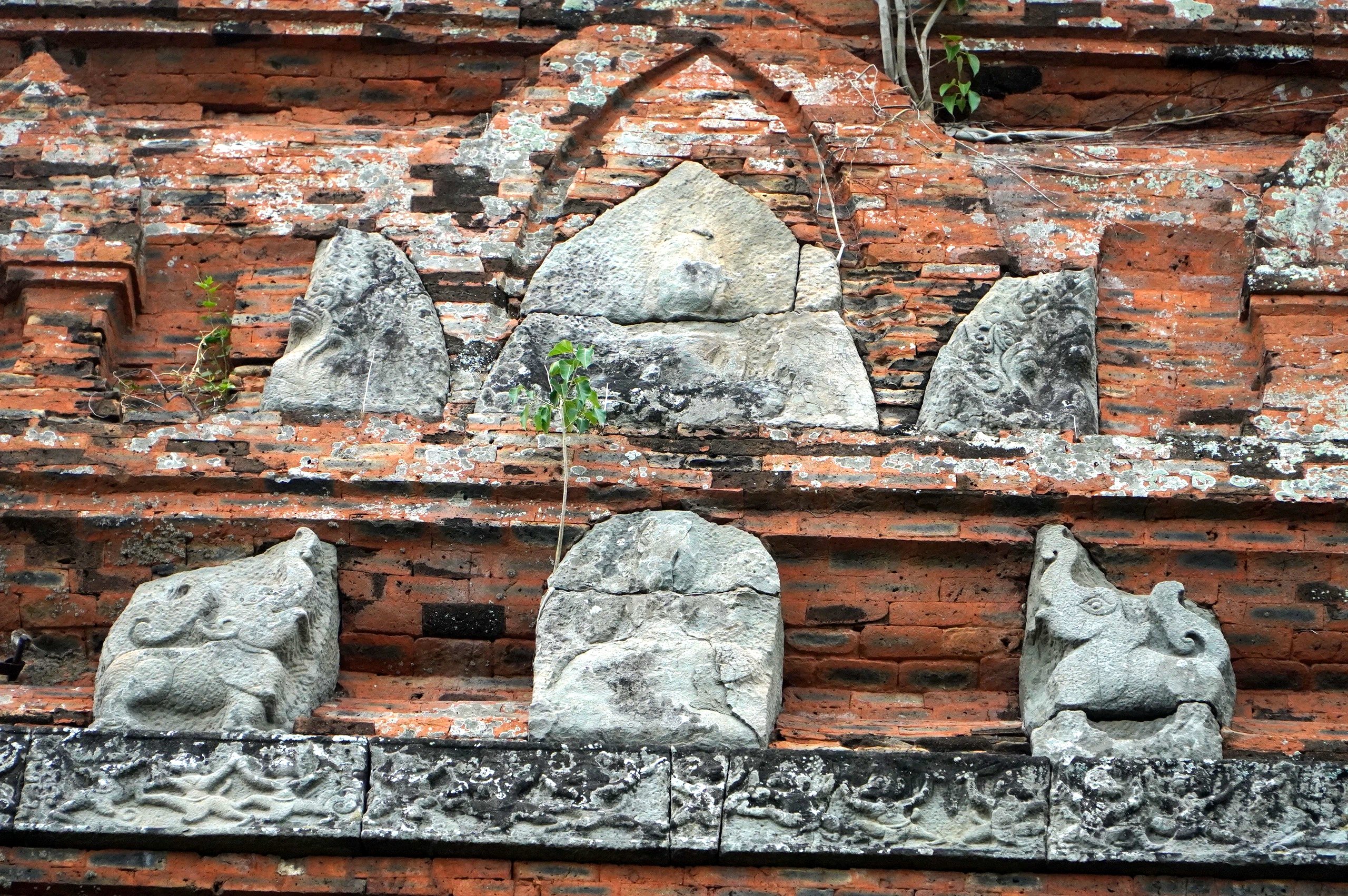
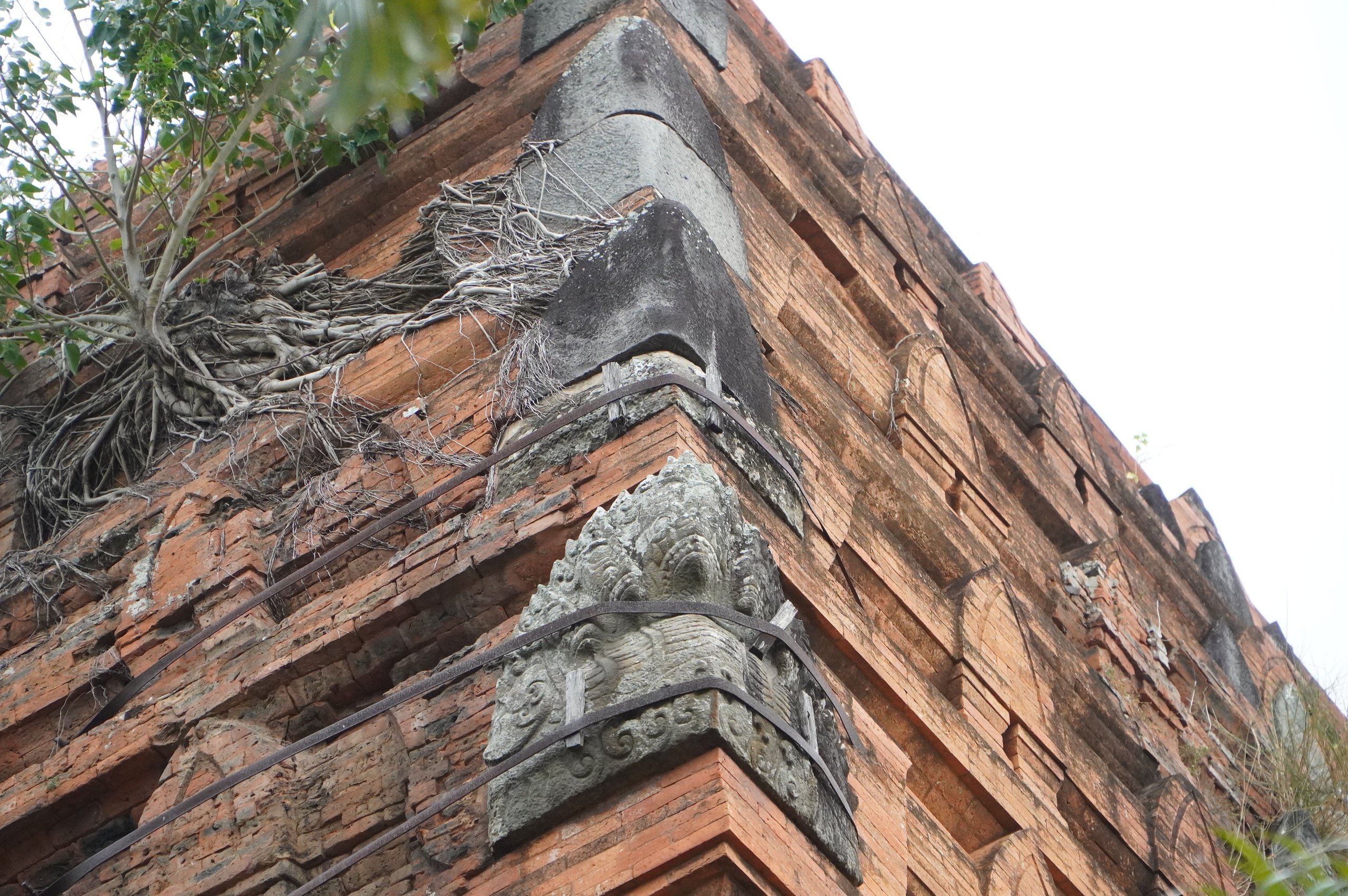
On the body of the large tower, carvings of dancing girls, meditating monks, and elephants create a space of Cham art. The small tower stands out with 13 vivid carvings of a herd of deer.
PHOTO: DUC NHAT
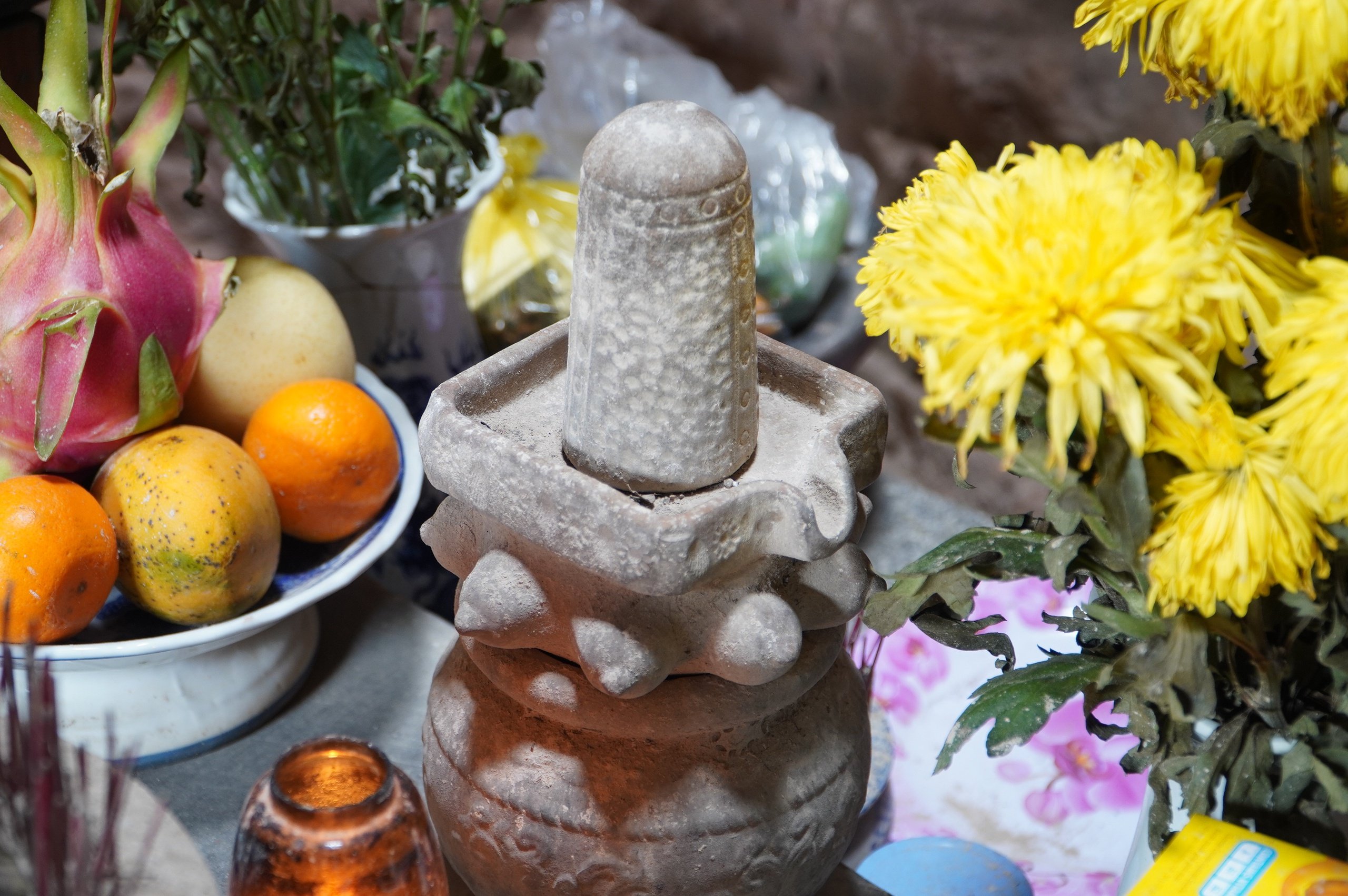
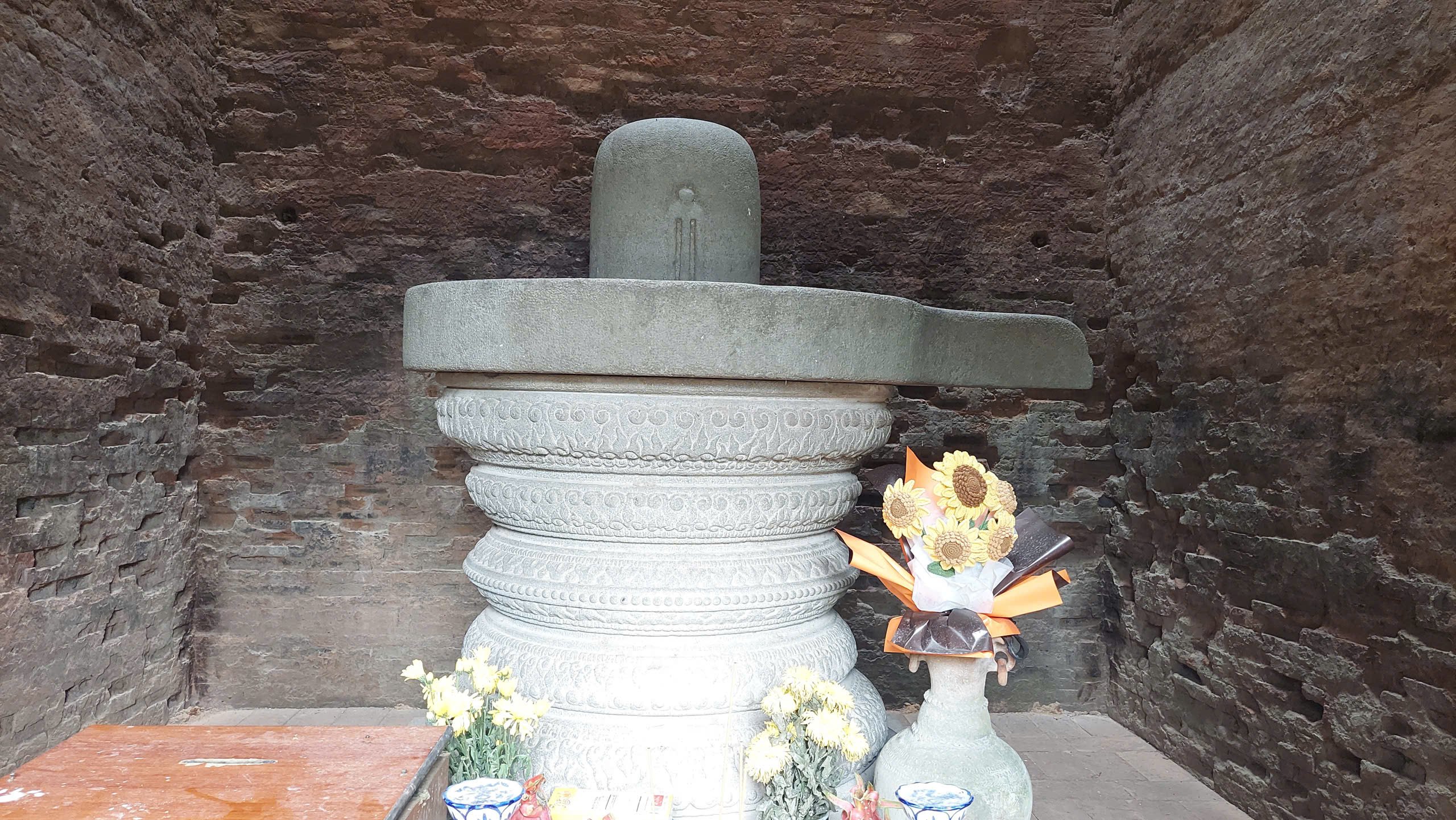
Inside the ancient tower is a set of sandstone Linga - Yoni statues.
PHOTO: DUC NHAT
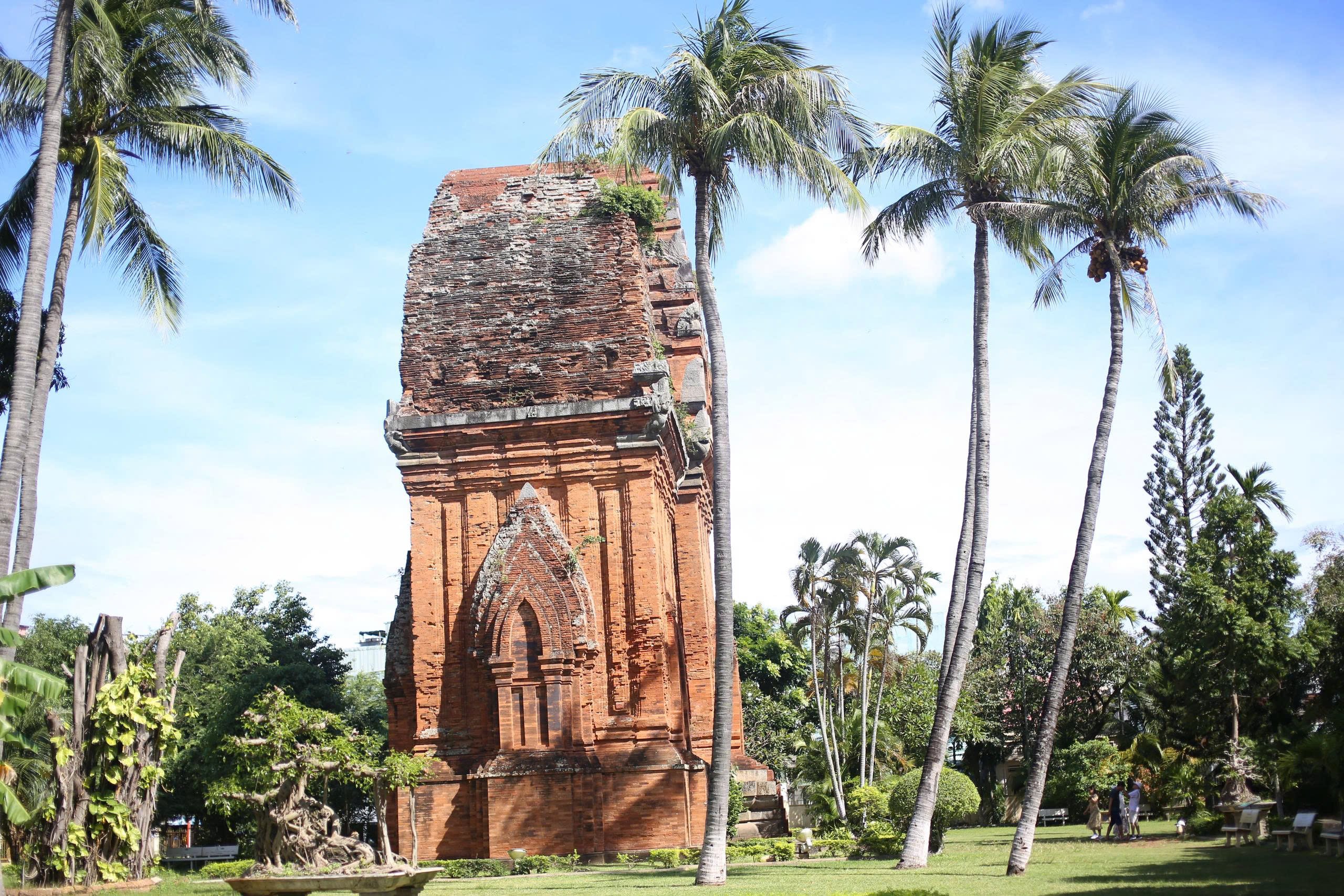
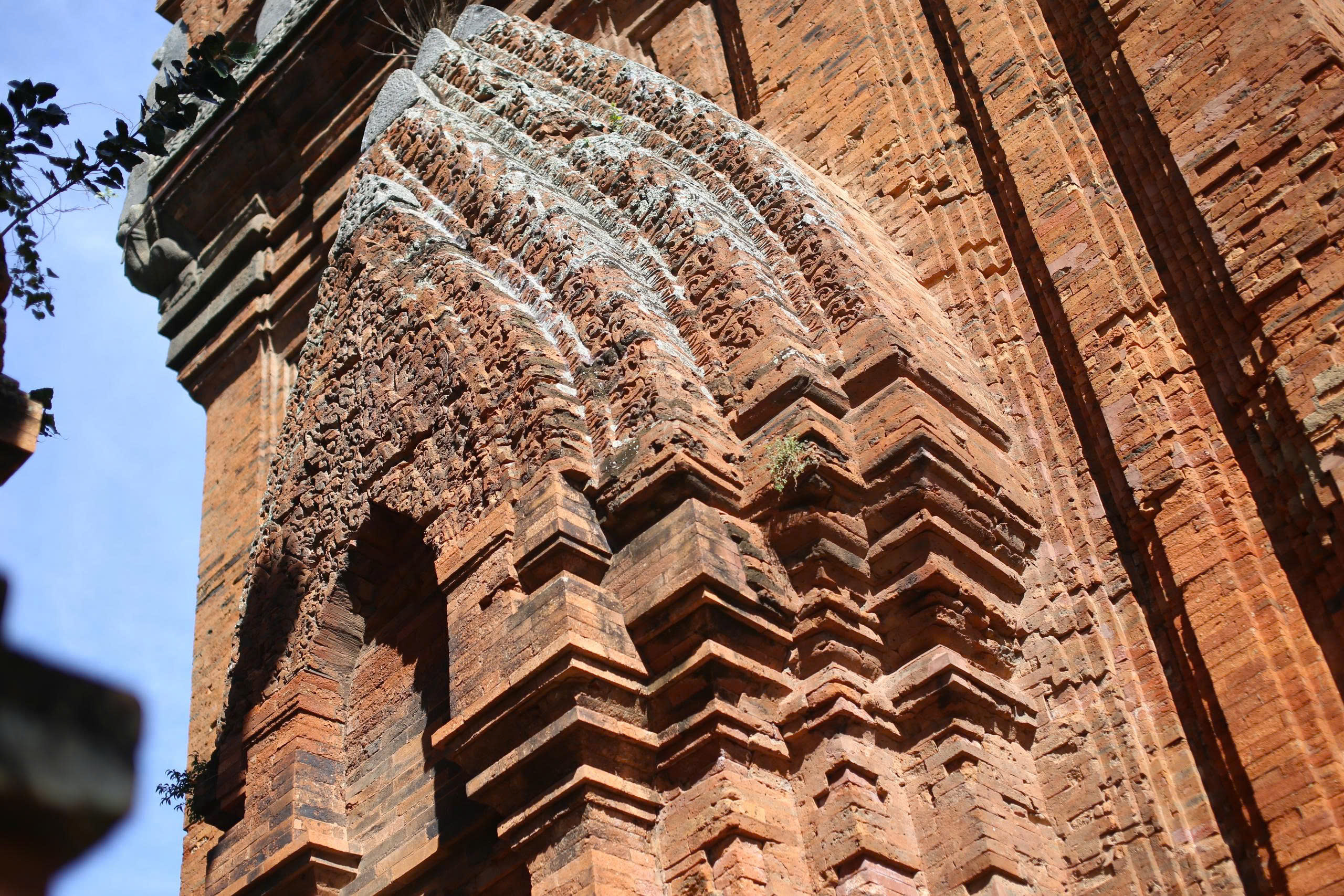
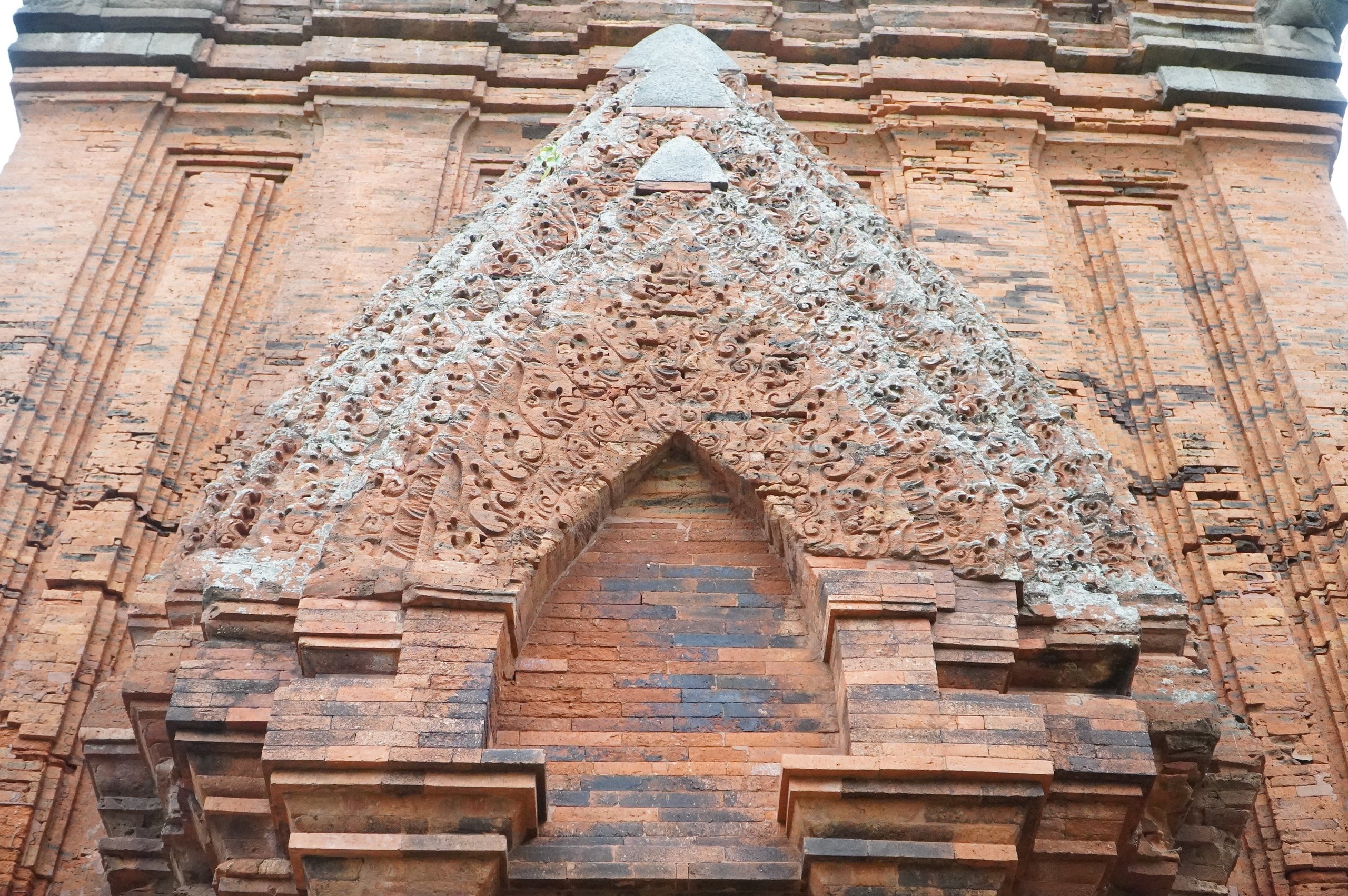
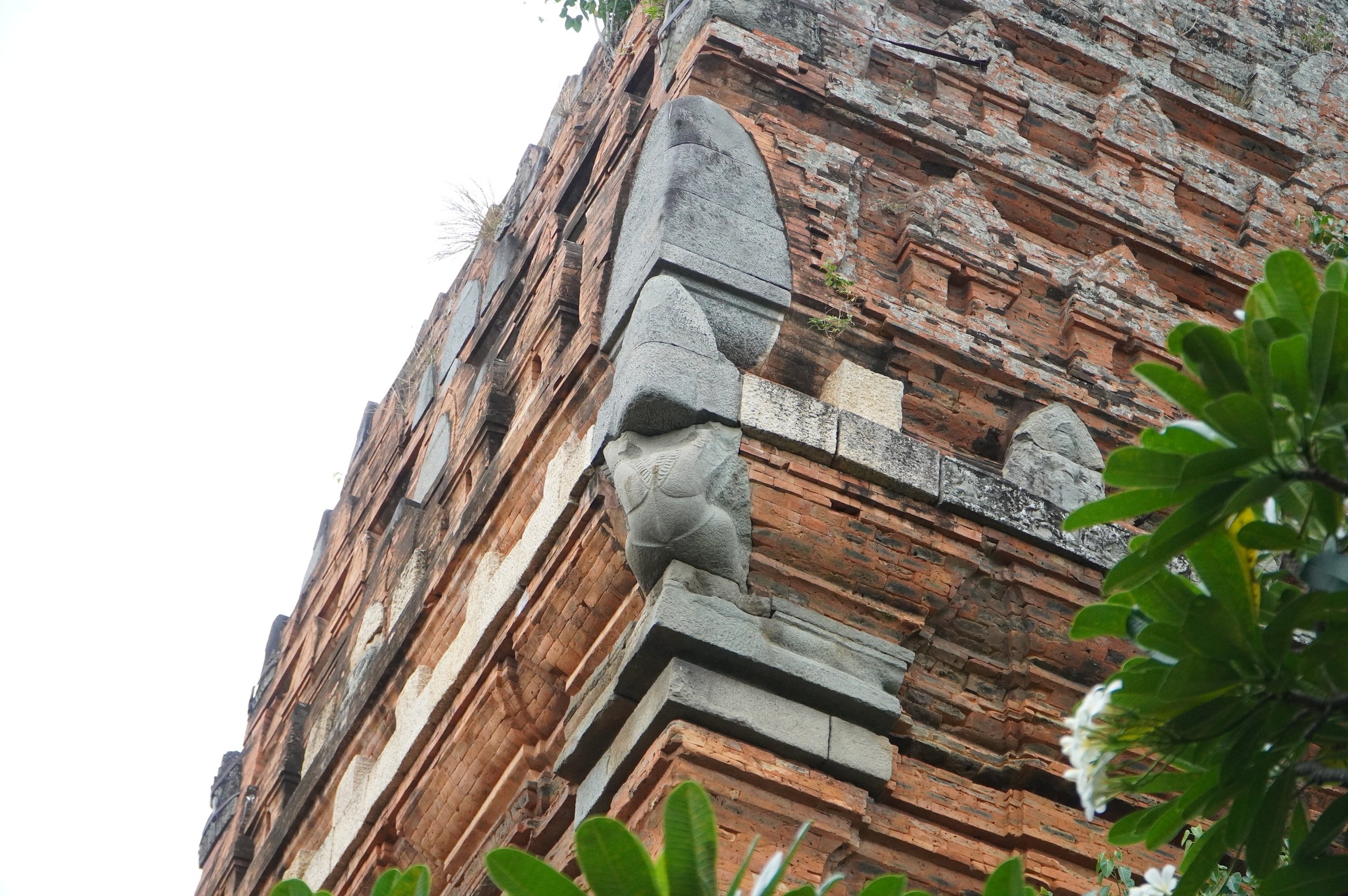
In particular, the Twin Towers are also strongly influenced by 12th - 13th century Khmer architecture. The spear-shaped domes, Garuda reliefs and Khmer mascots on the roof reflect the period of exchange and conflict between the two cultures.
PHOTO: DUC NHAT
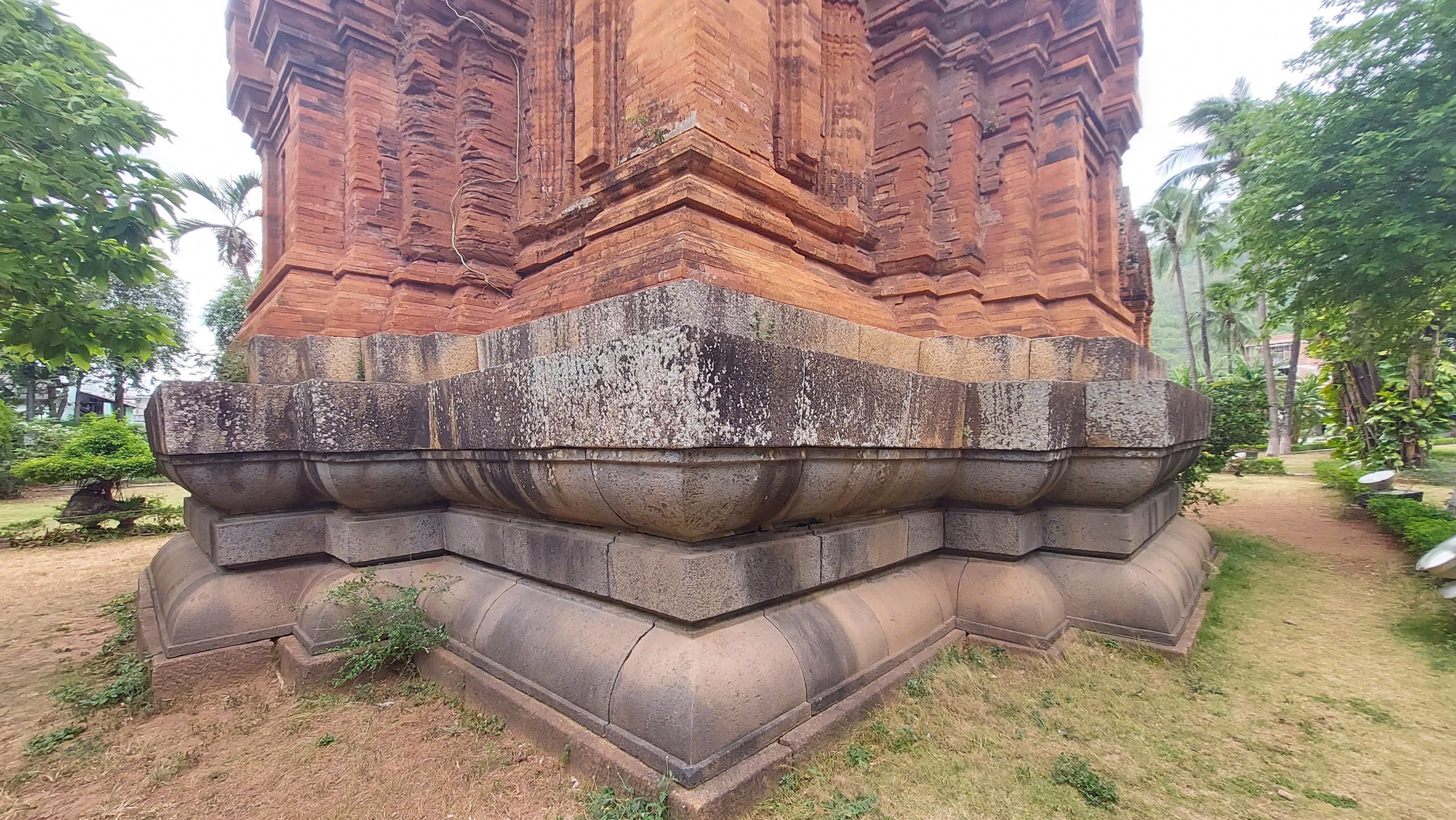
The base of the tower is supported by large lotus-like stones, a rare detail in traditional Cham architecture.
PHOTO: DUC NHAT
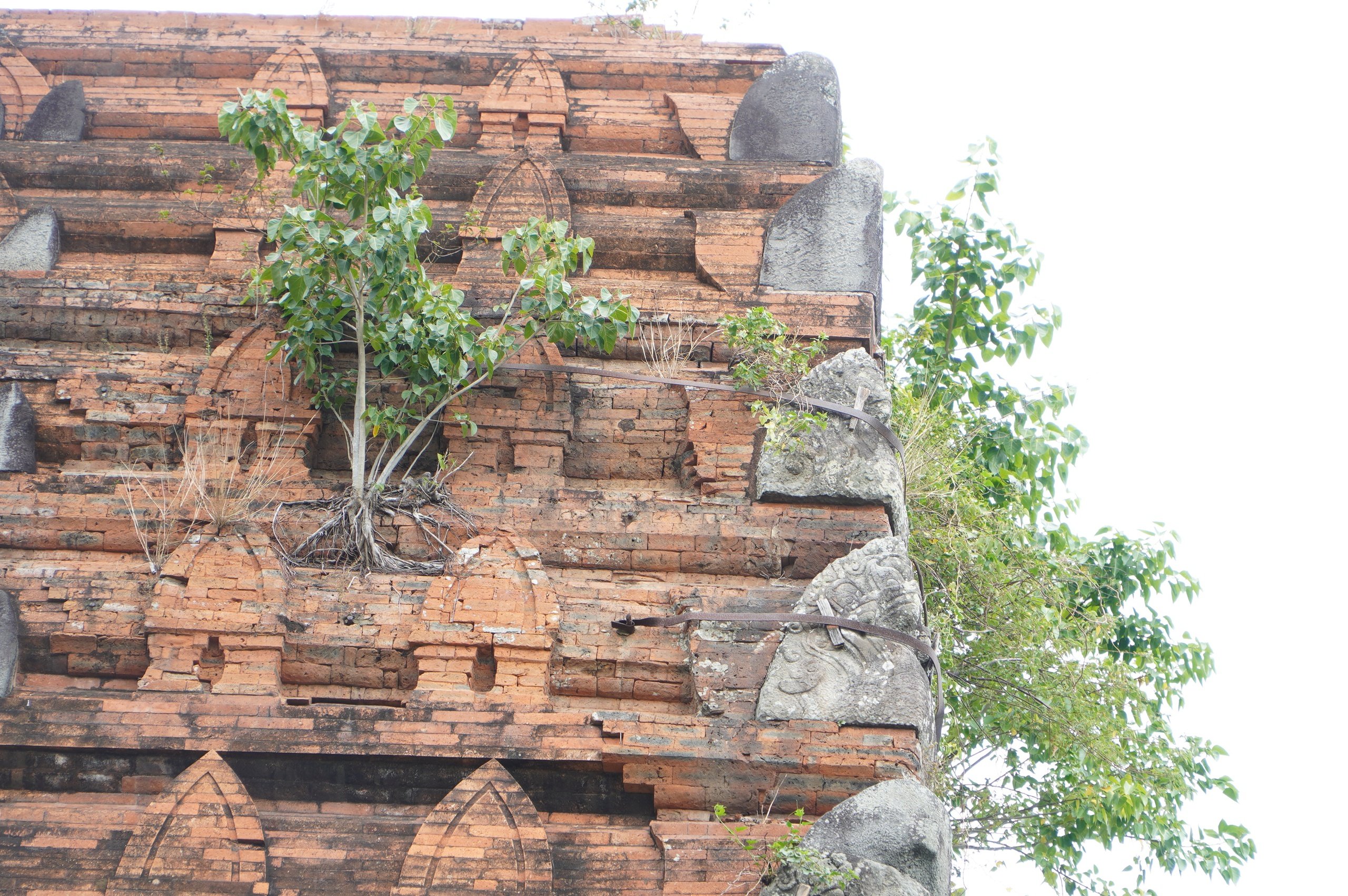
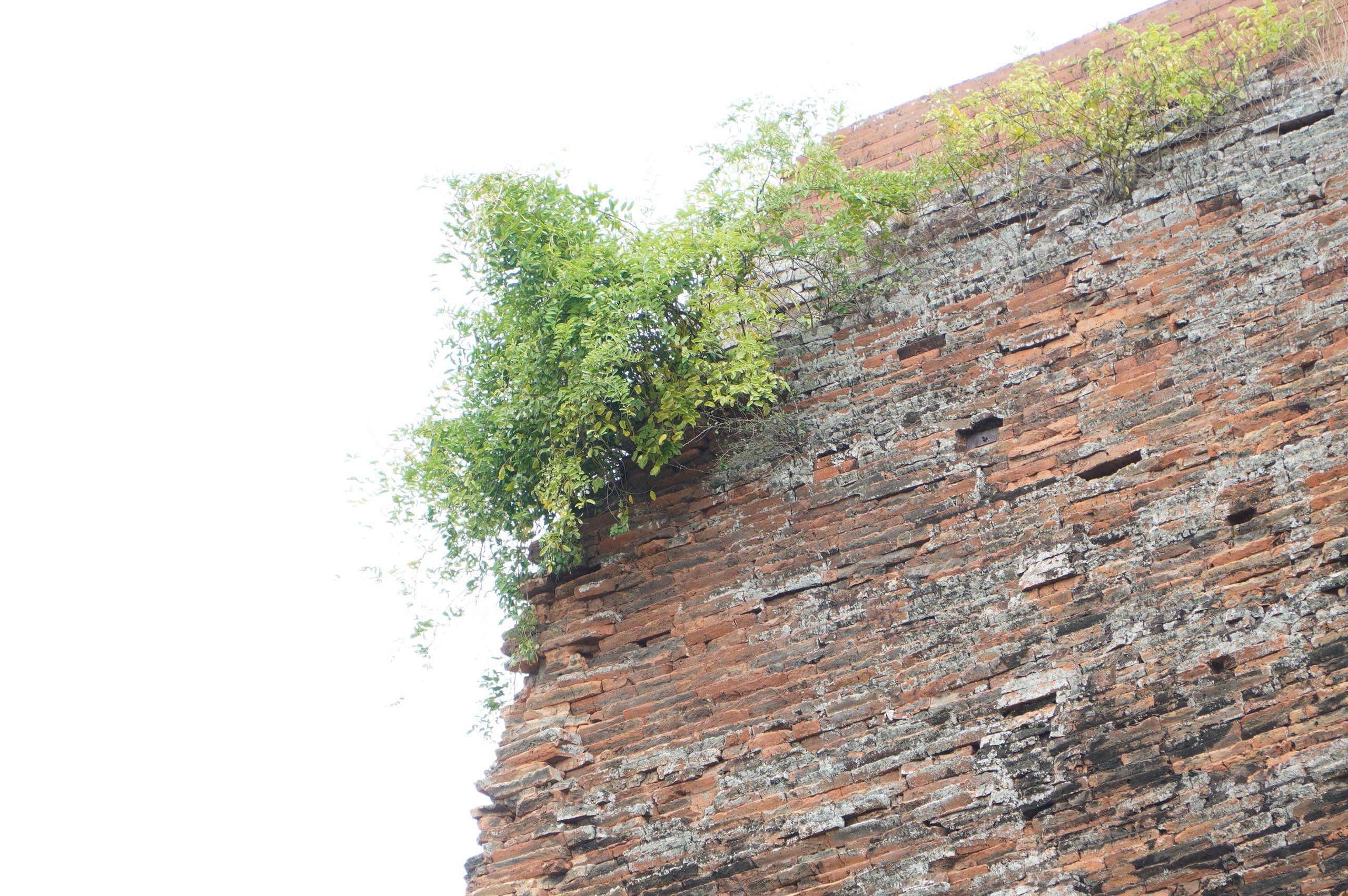
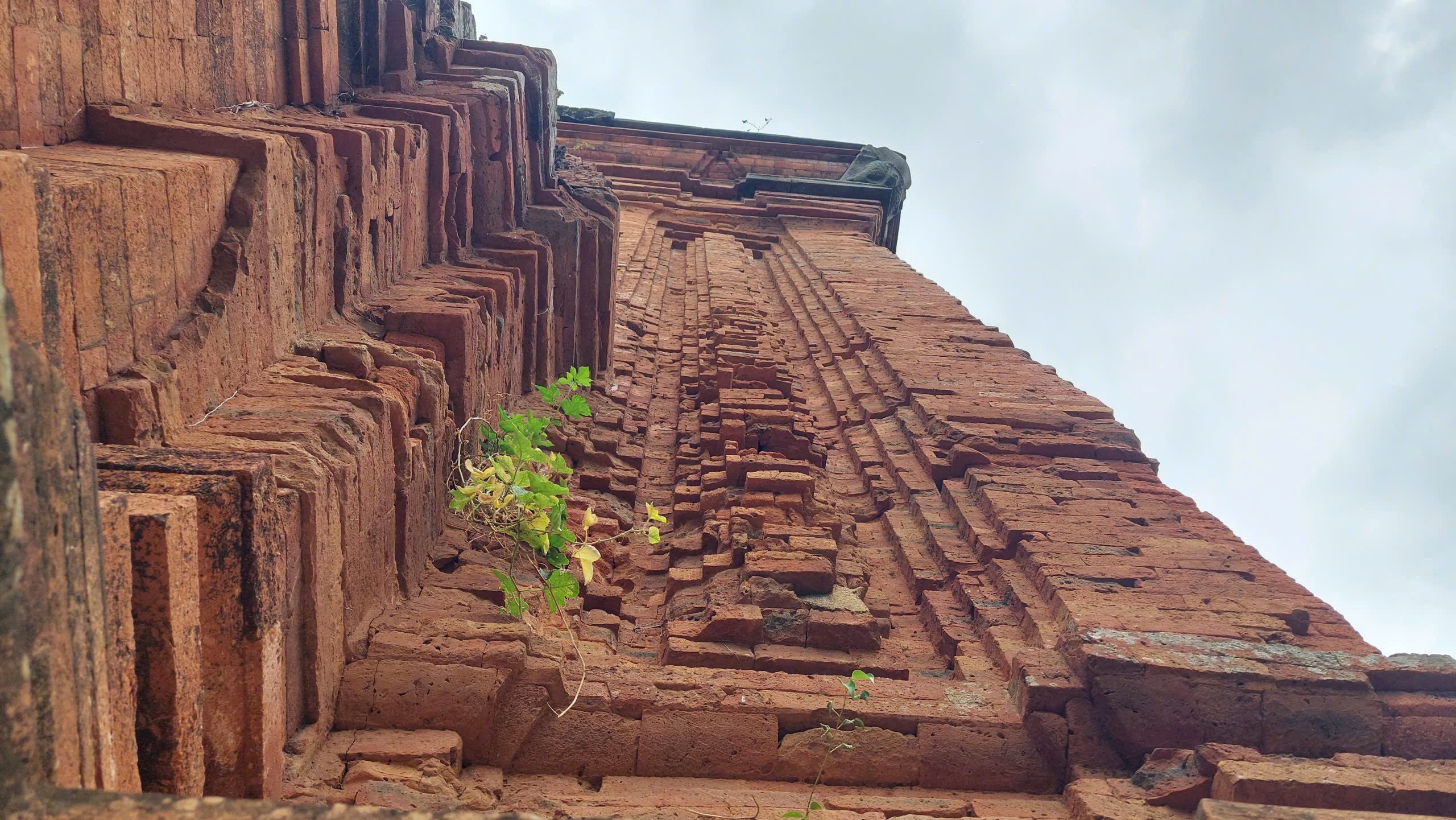
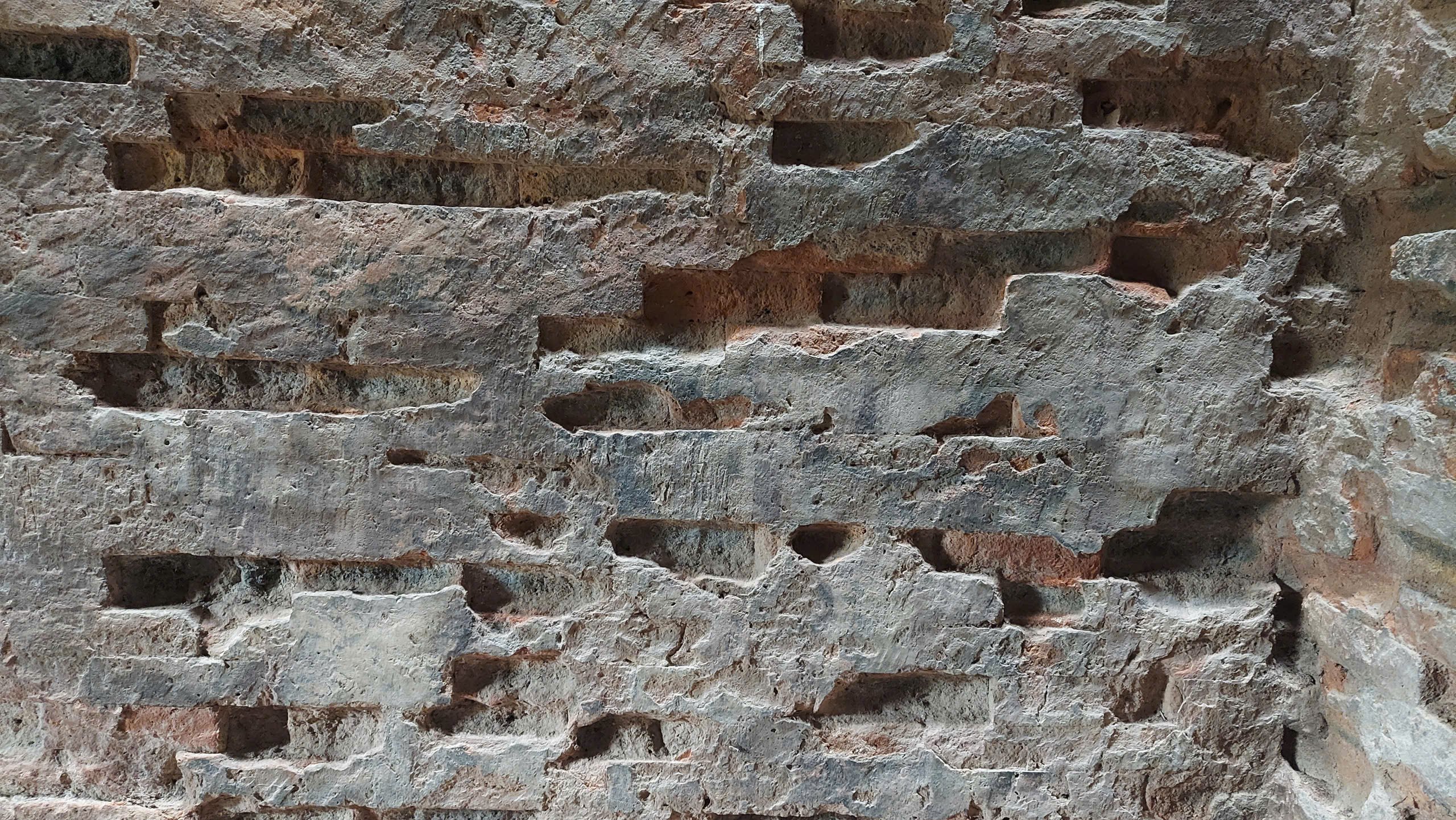
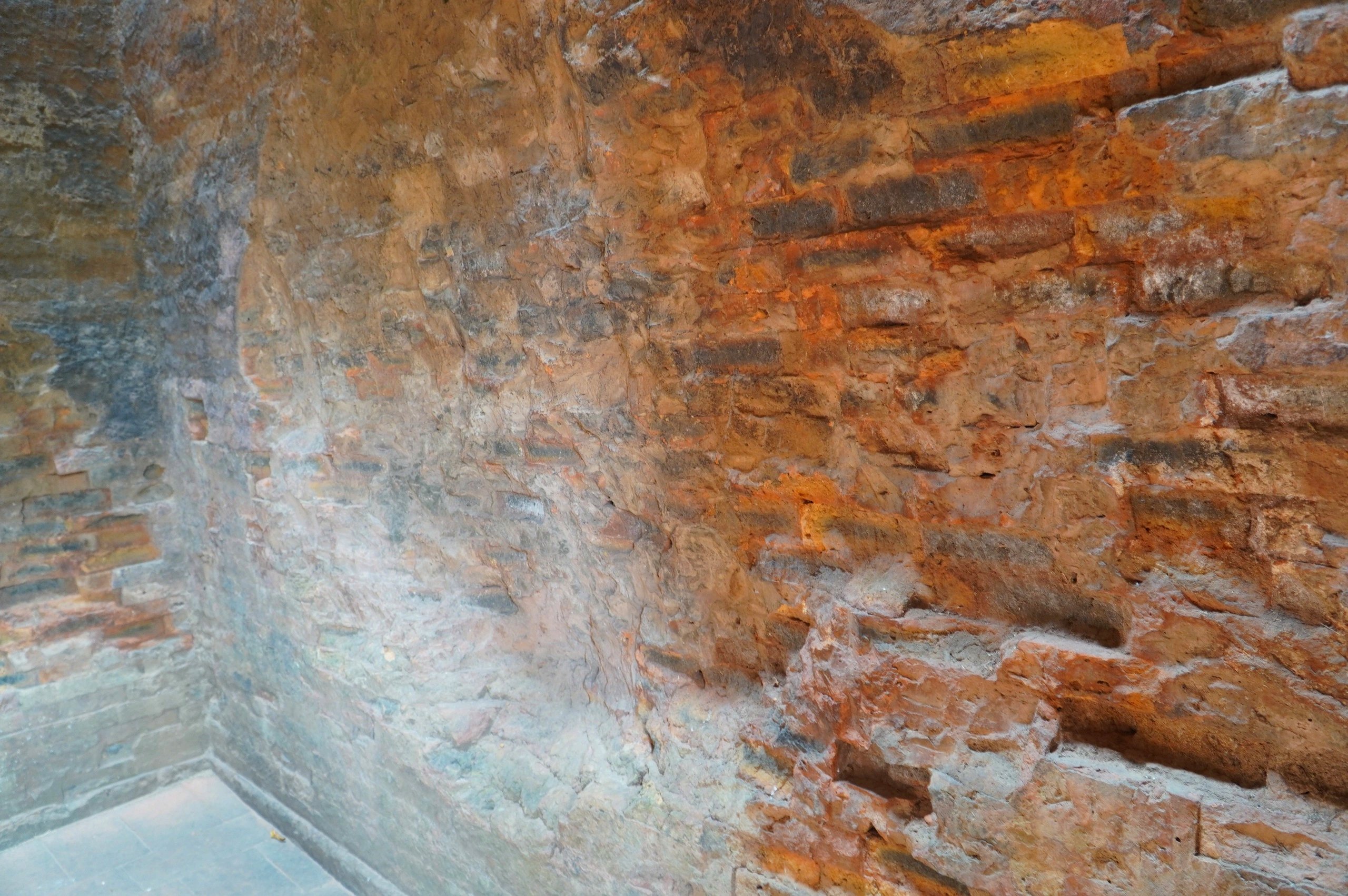
The condition of weathered and rotten bricks has appeared for a long time.
PHOTO: DUC NHAT
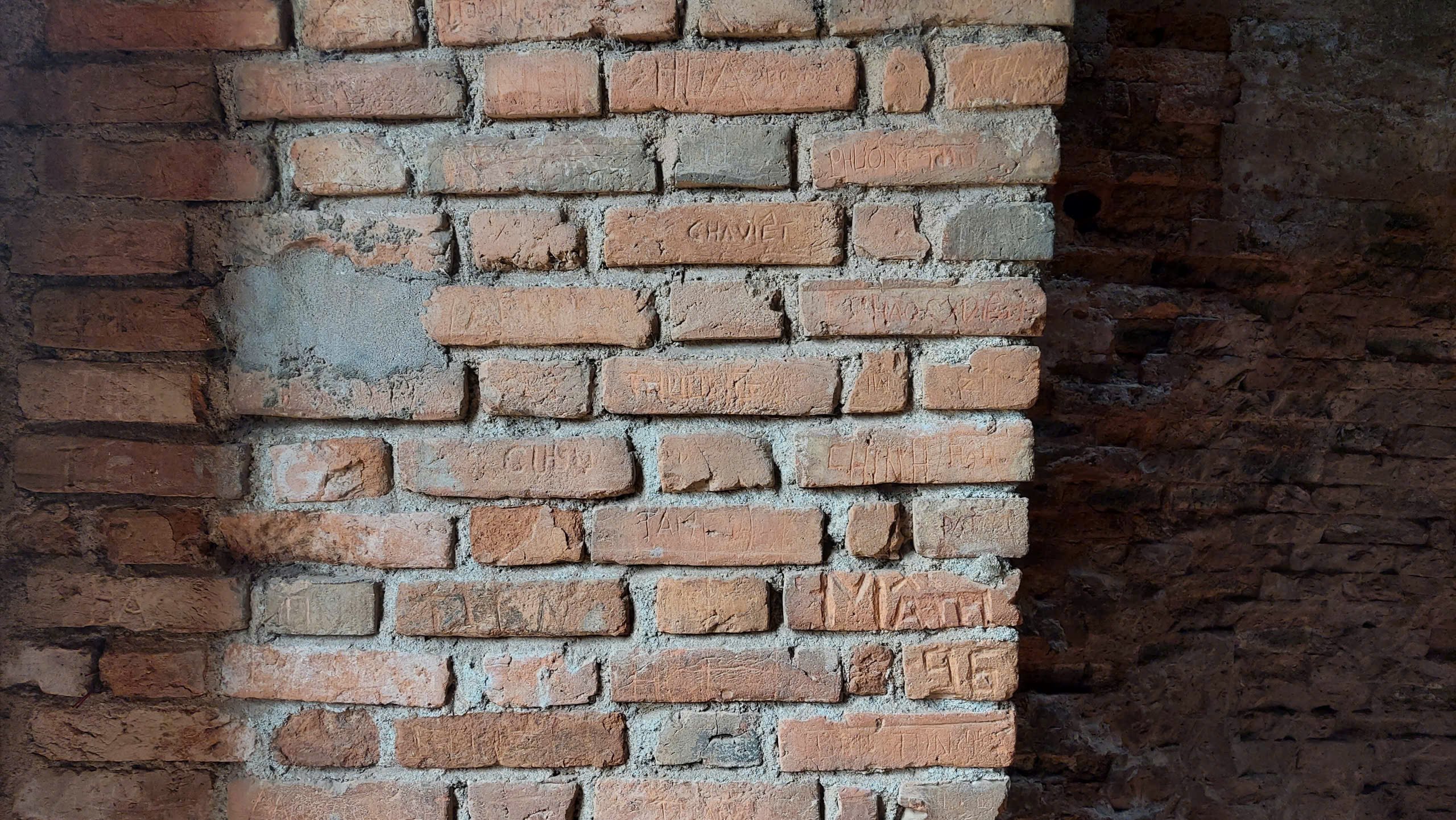
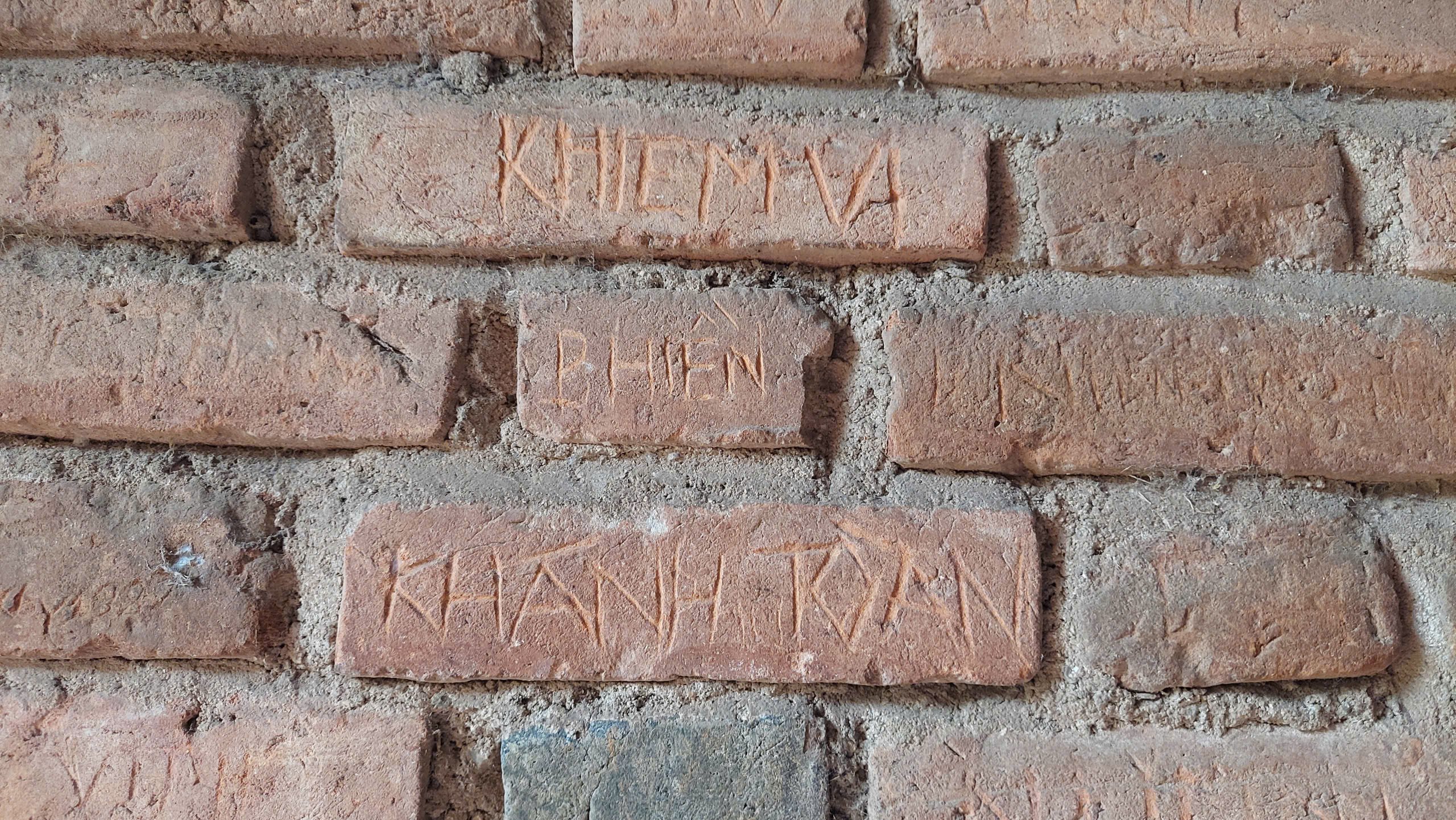
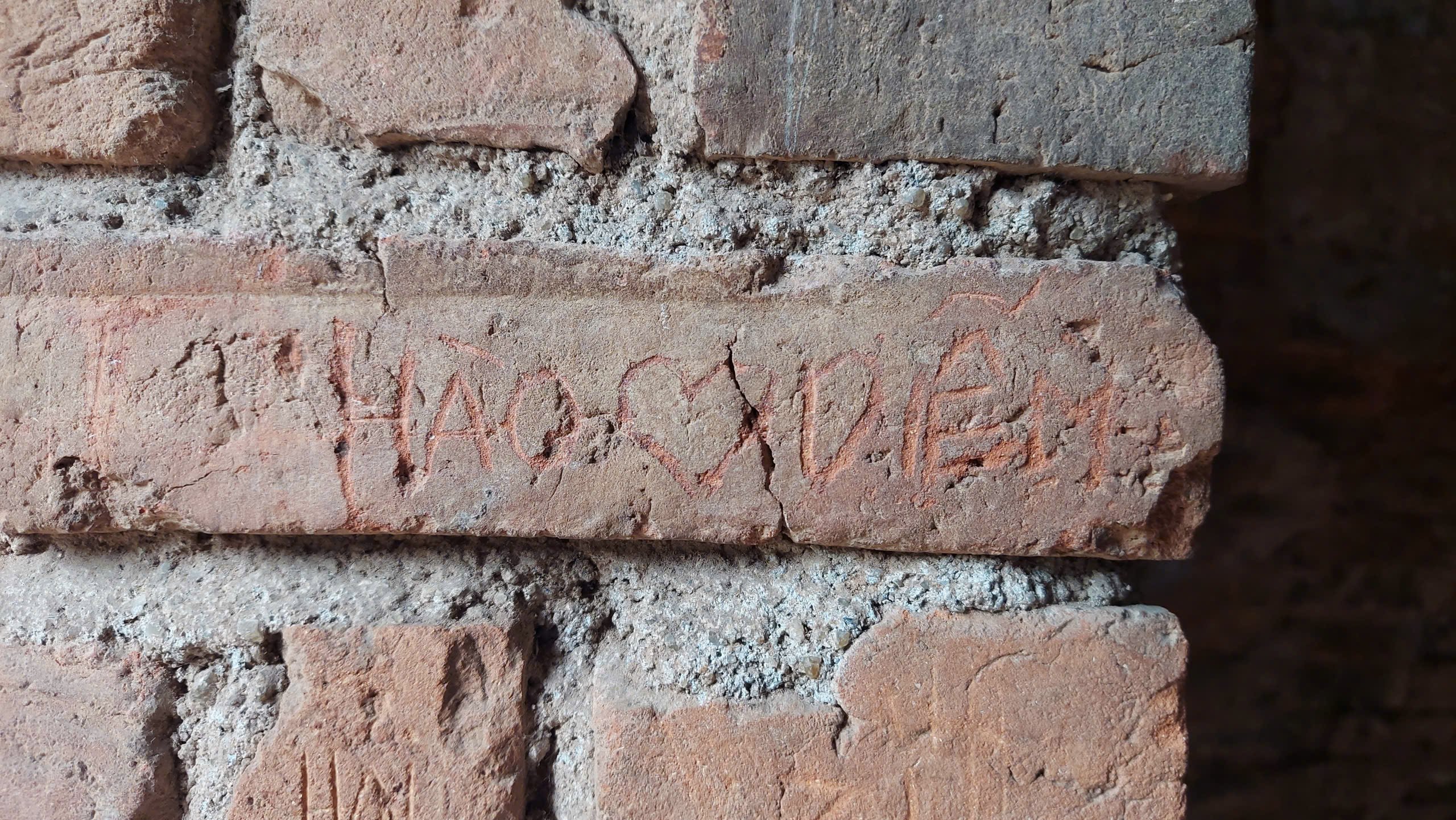
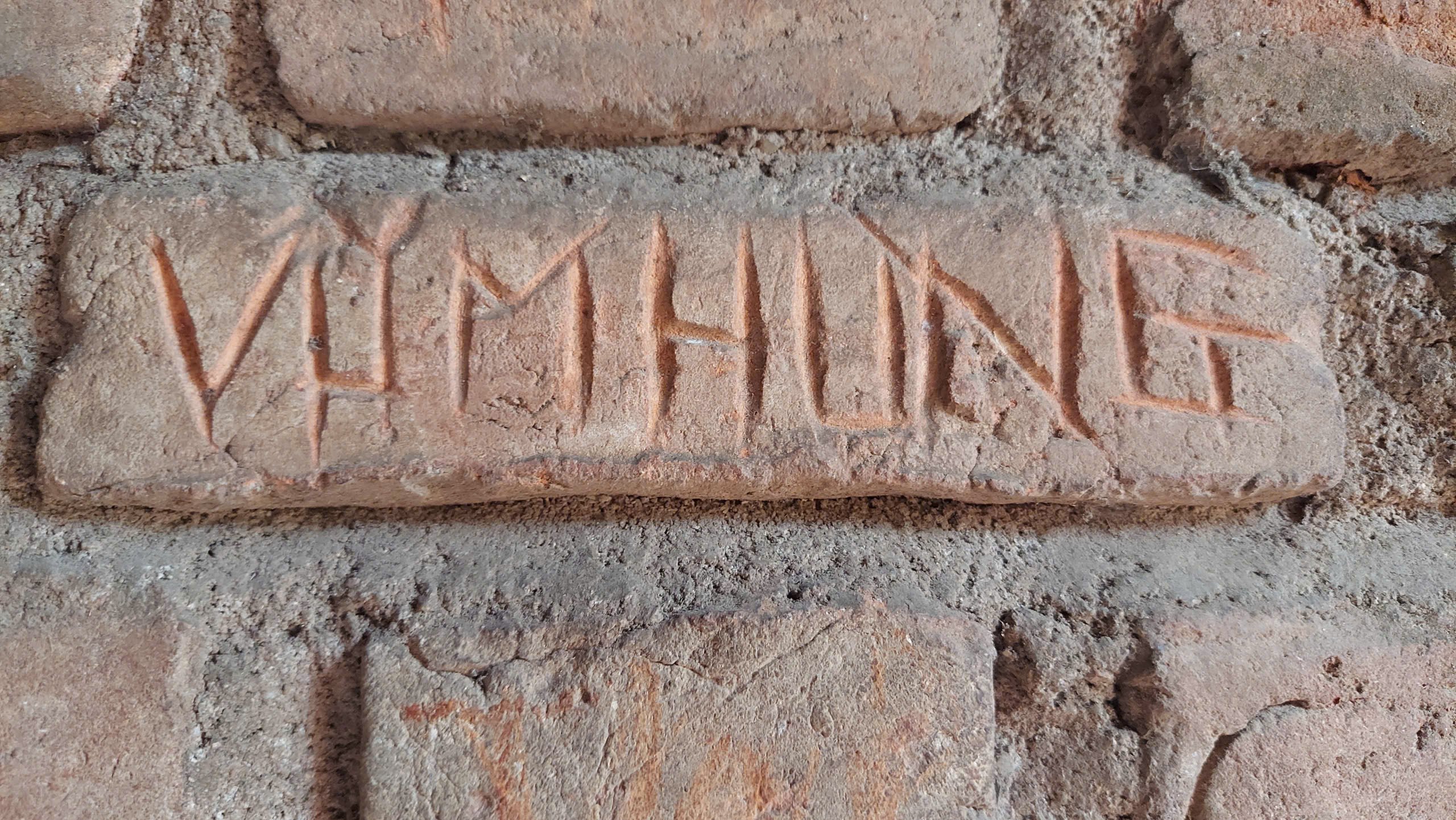
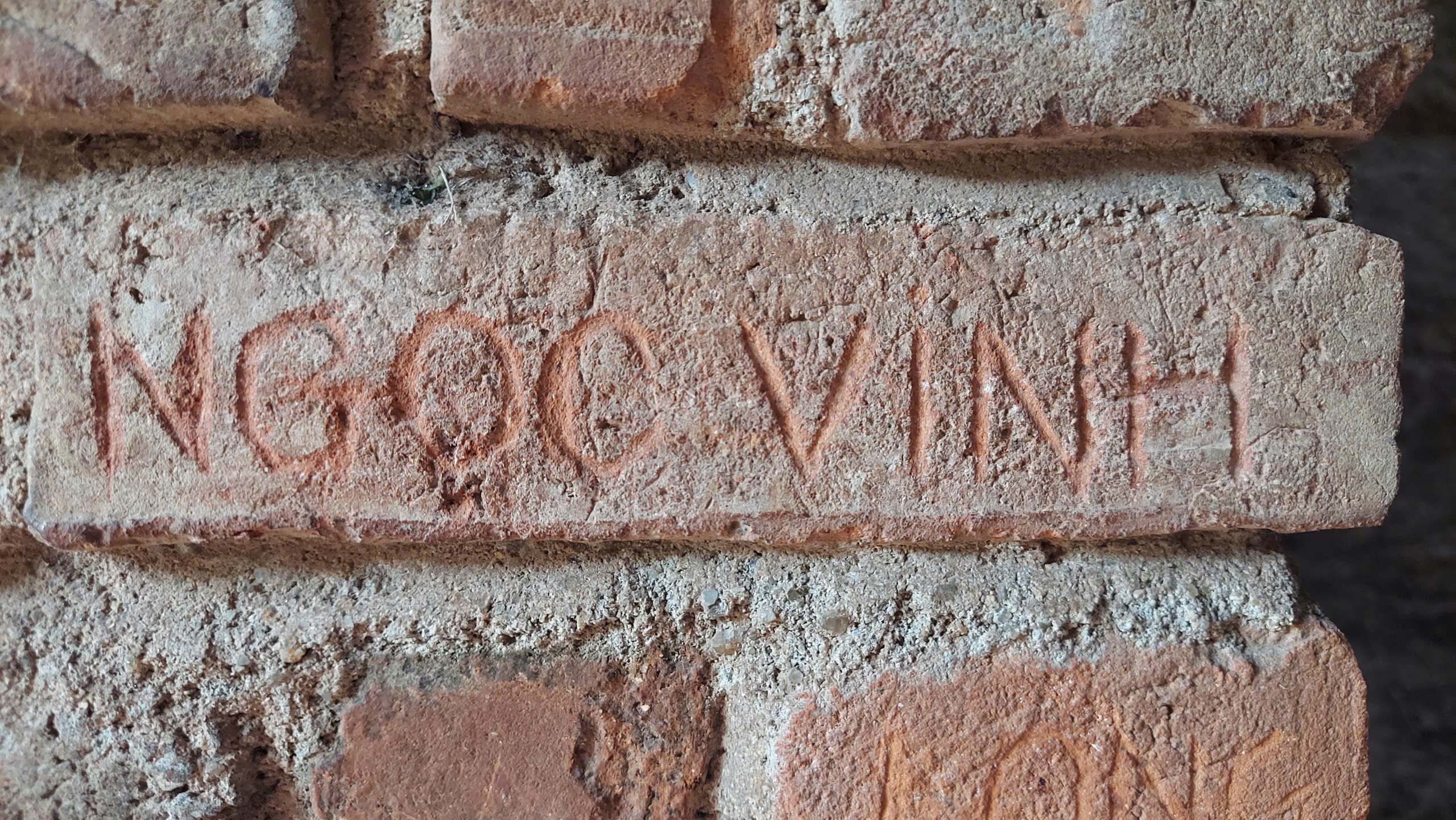
At the entrance and areas within easy reach, many bricks have been worn away by deep carvings.
PHOTO: DUC NHAT
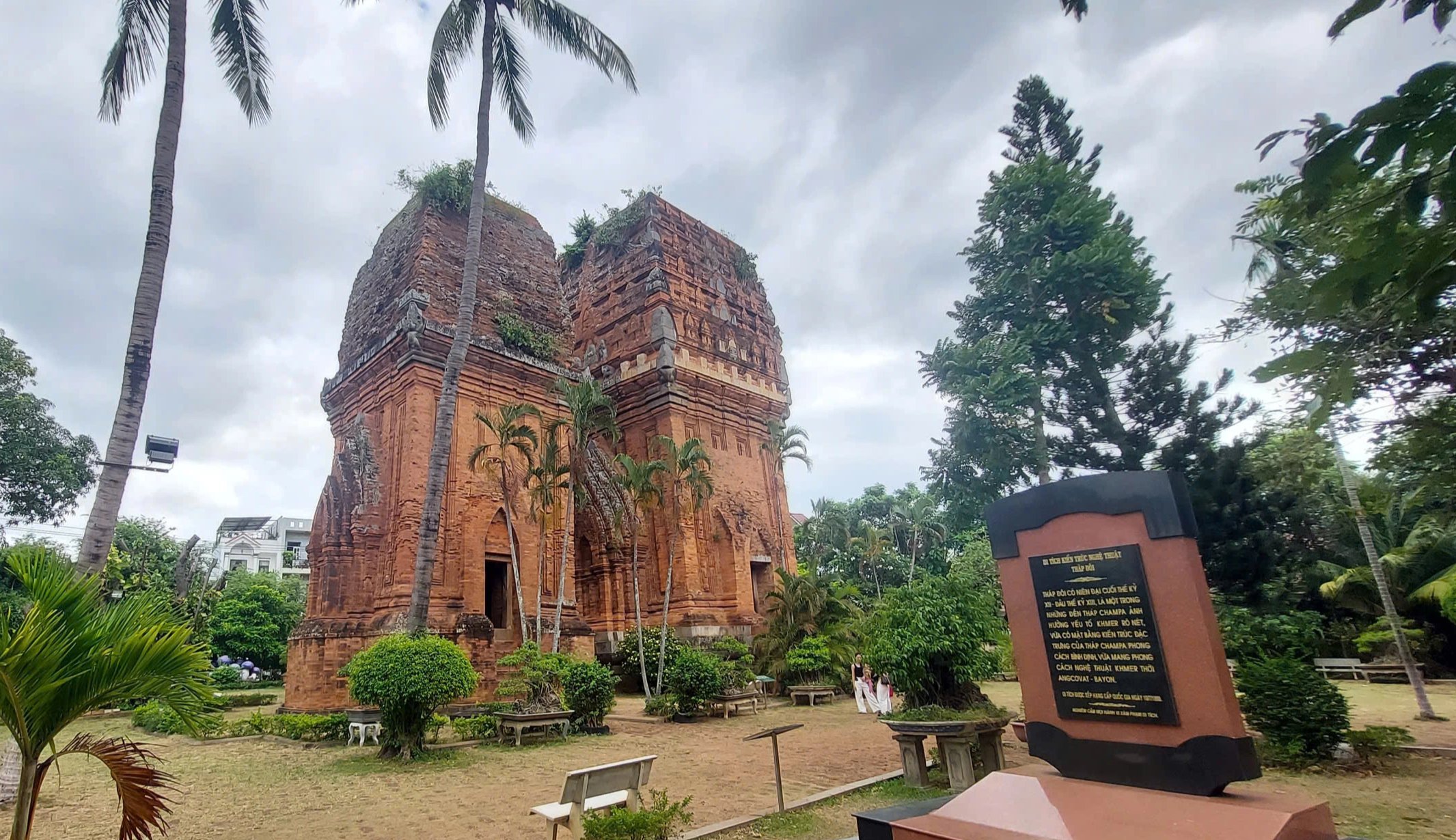
The Twin Towers are not only rare architectural works but also historical and cultural evidence of an entire dynasty.
PHOTO: DUC NHAT
Source: https://thanhnien.vn/can-canh-thap-doi-800-nam-tuoi-o-quy-nhon-bi-xam-hai-185250730220554973.htm





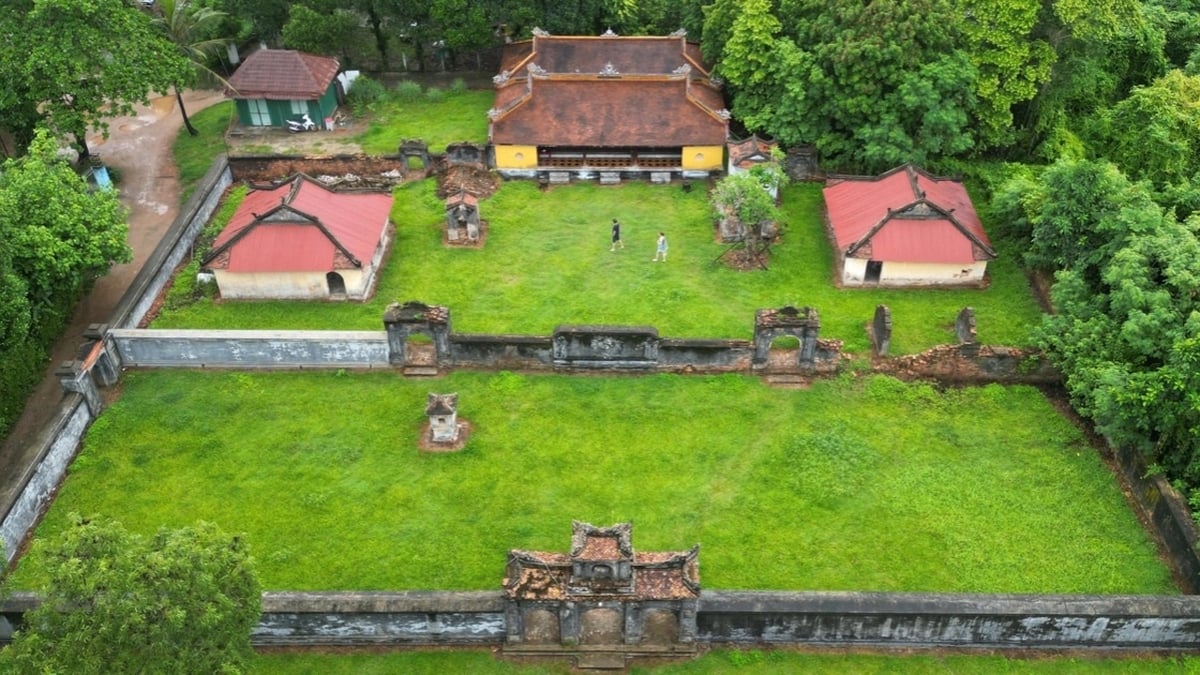
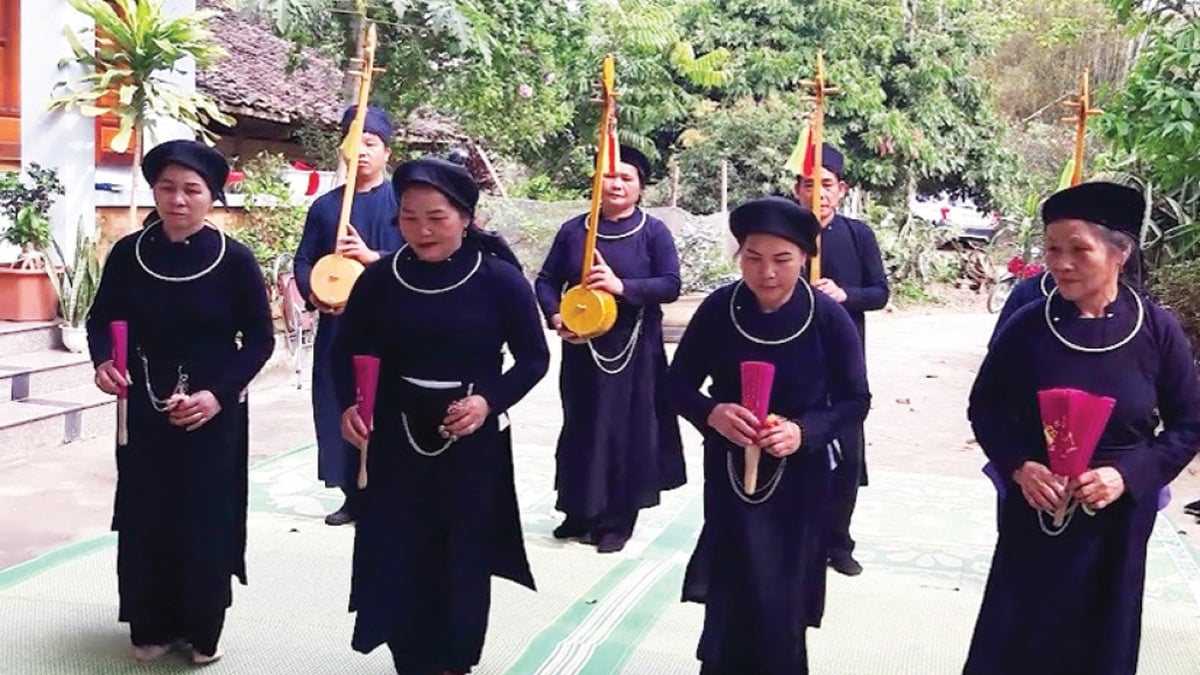































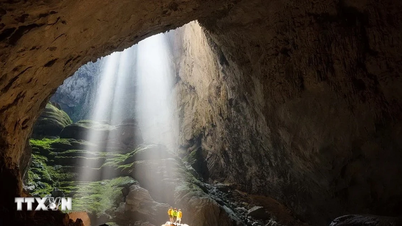

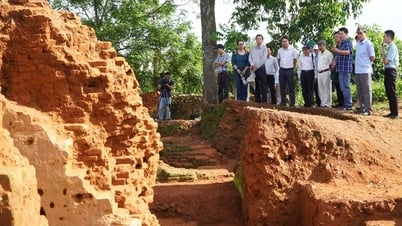






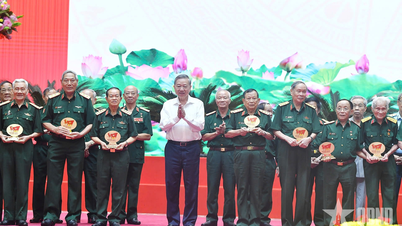

























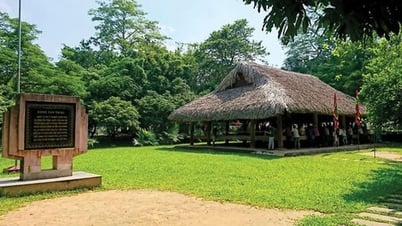


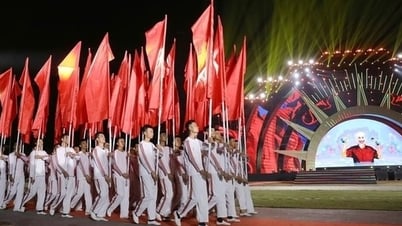
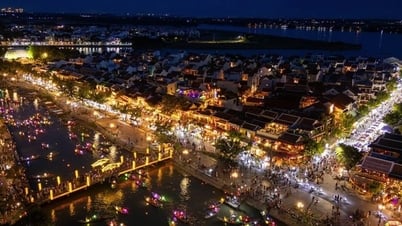









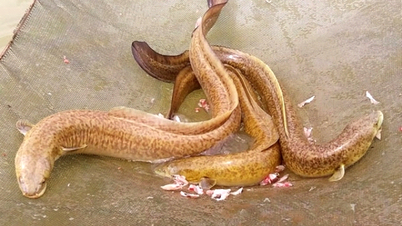








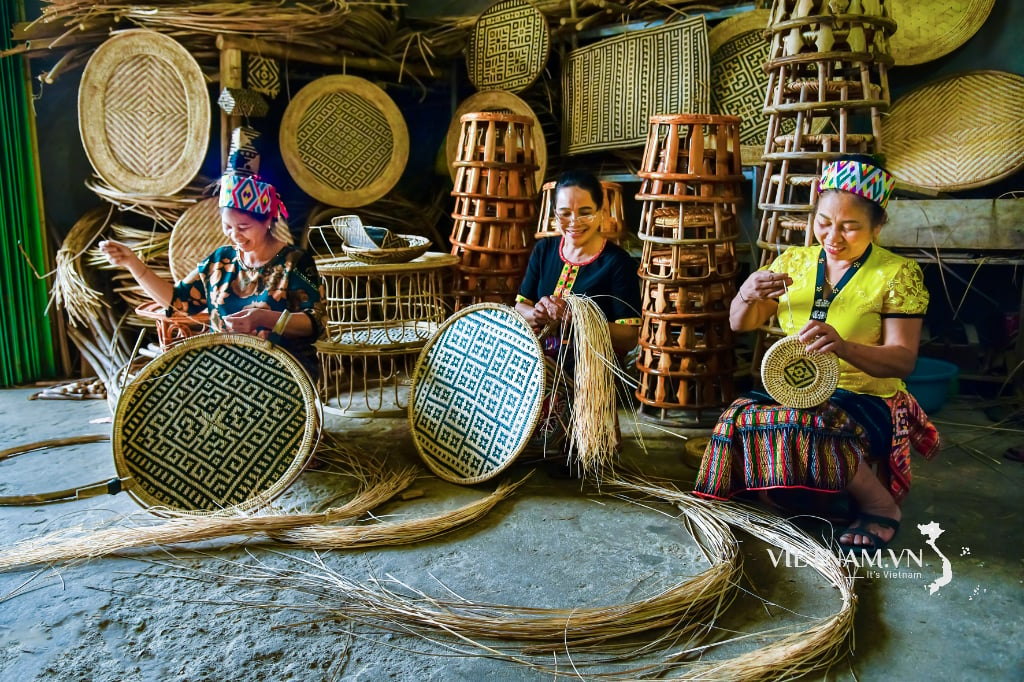
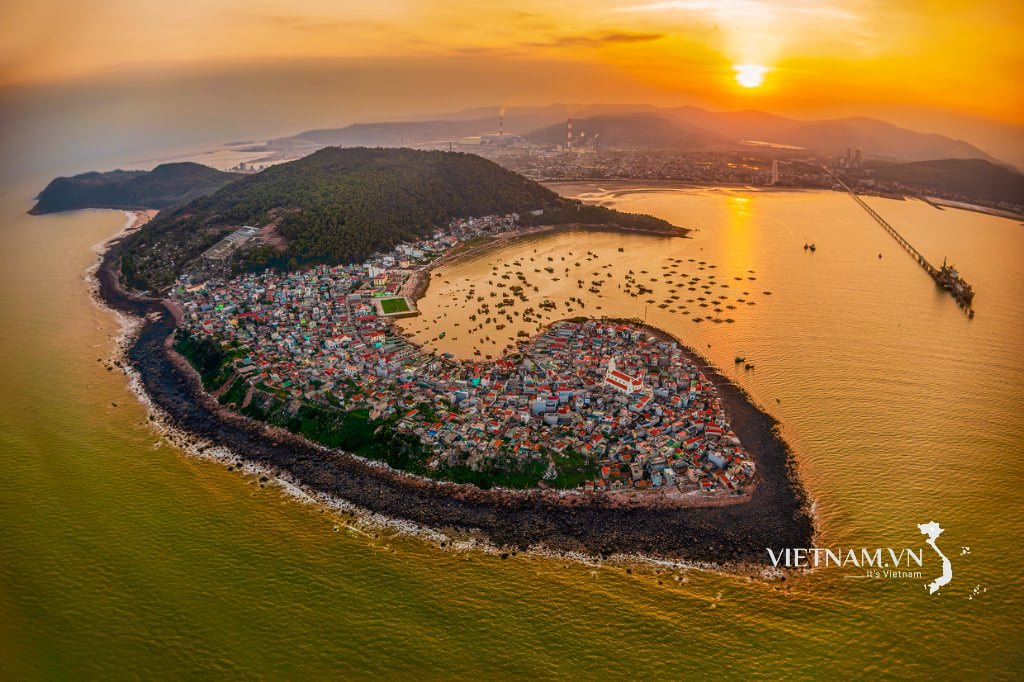
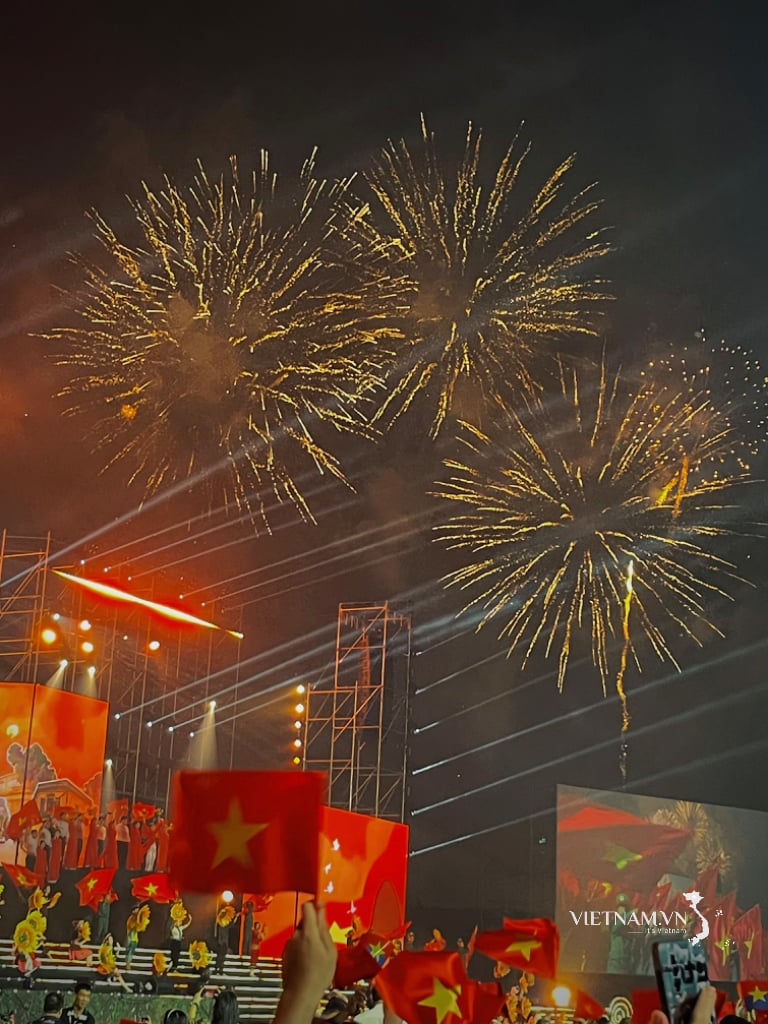

Comment (0)